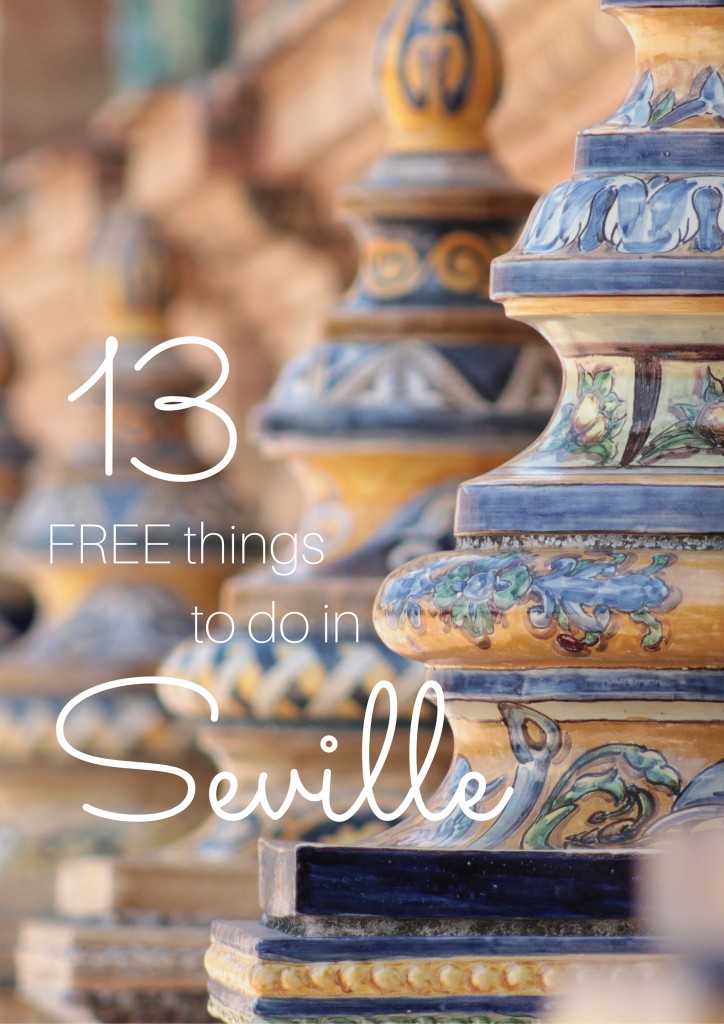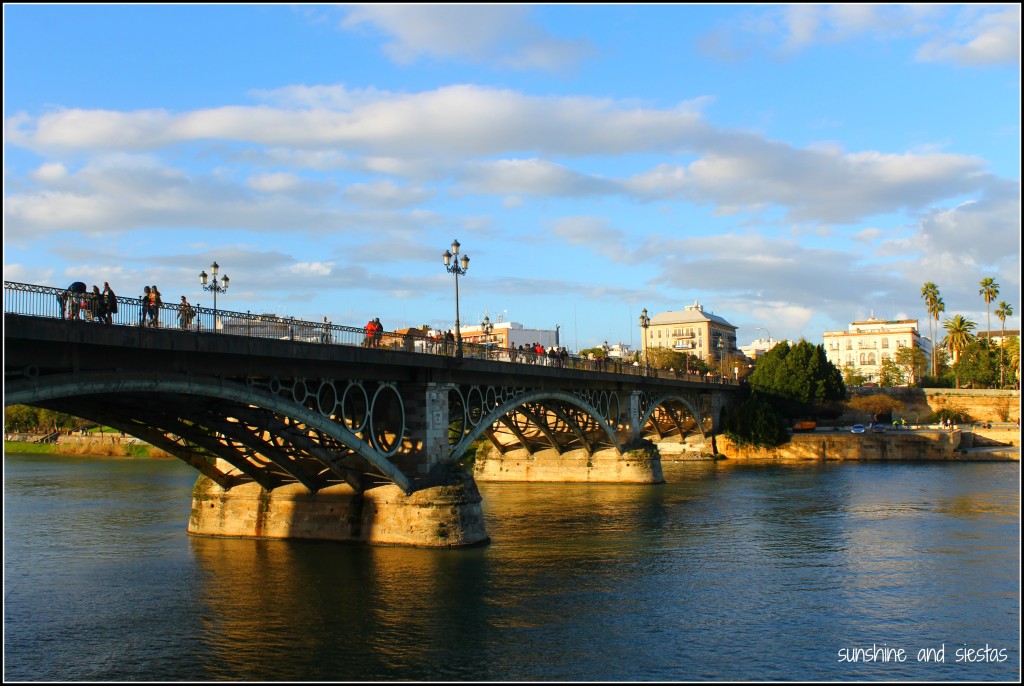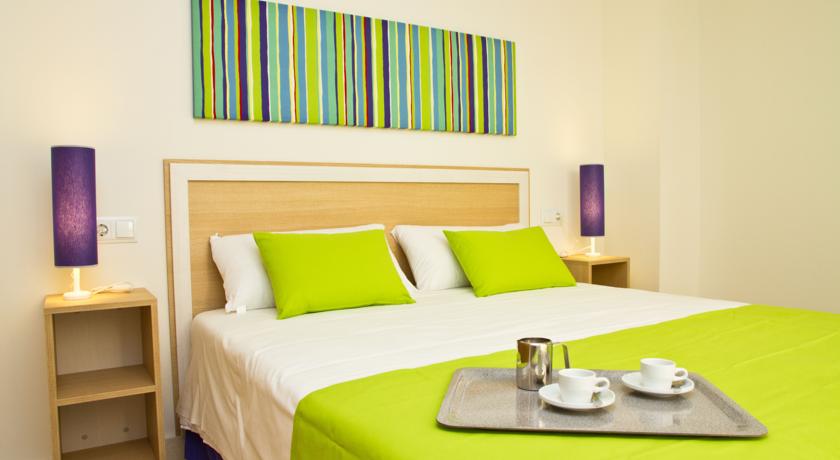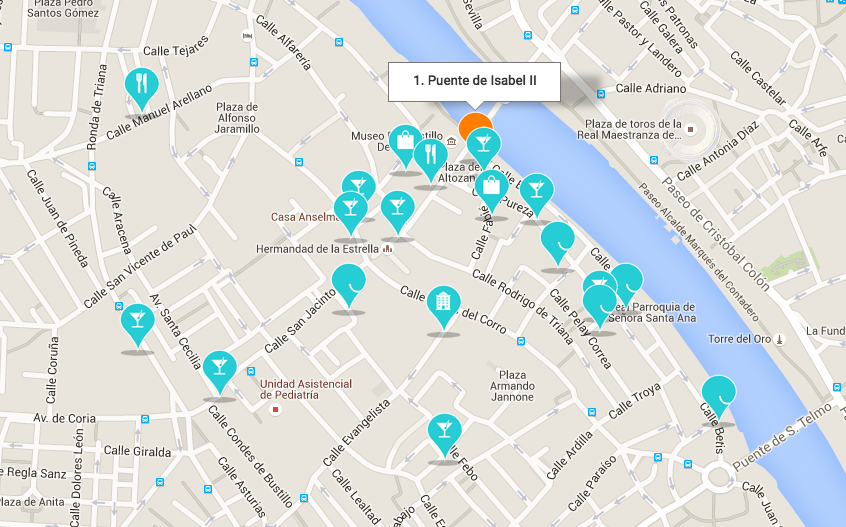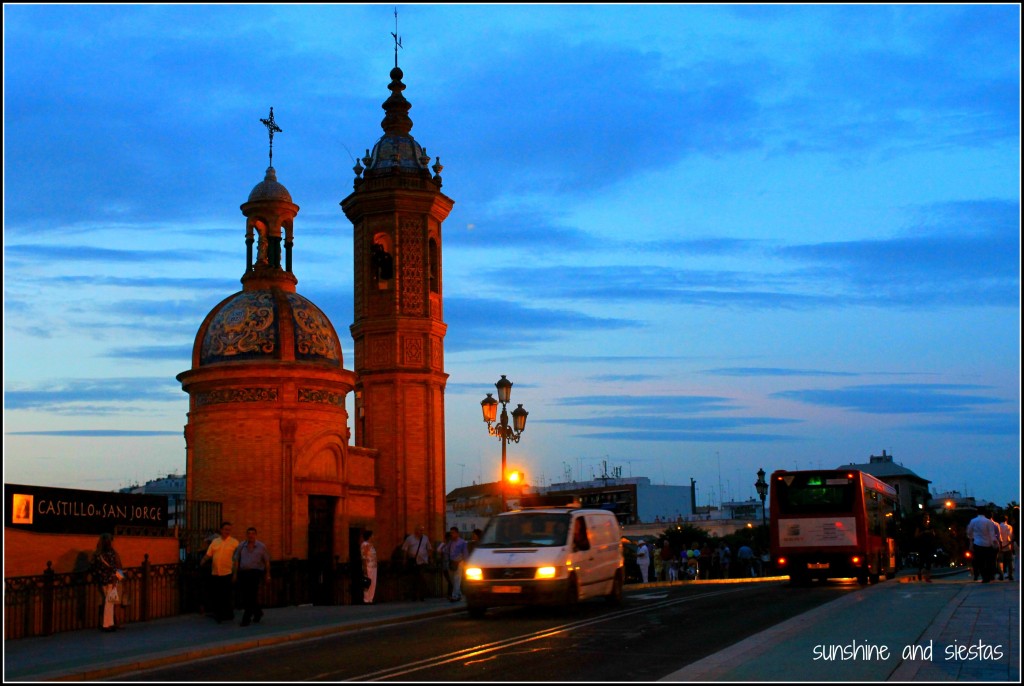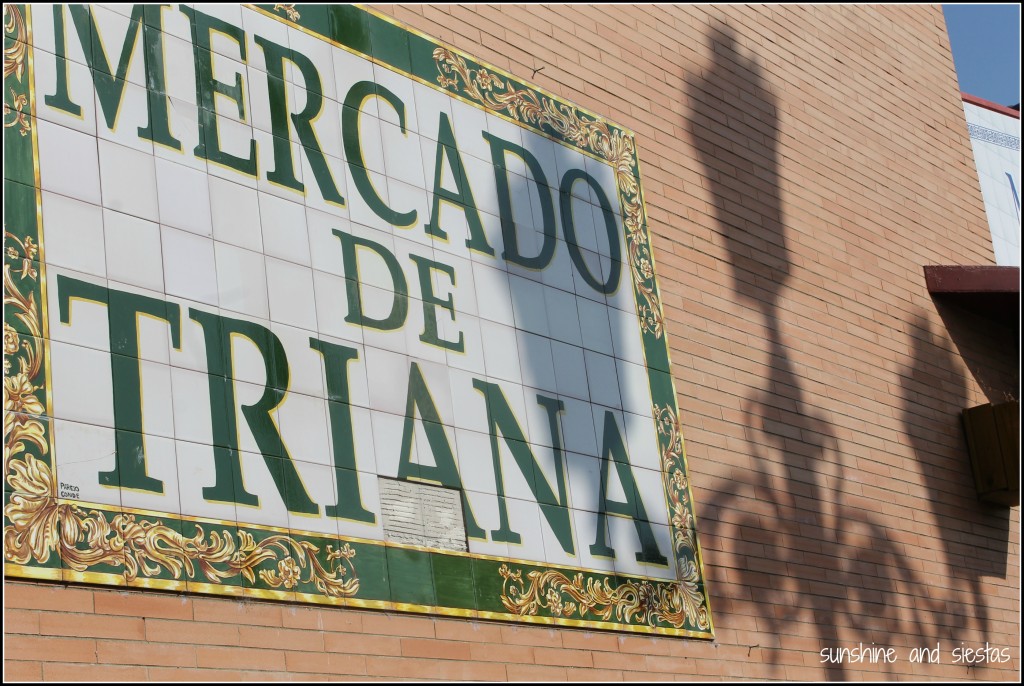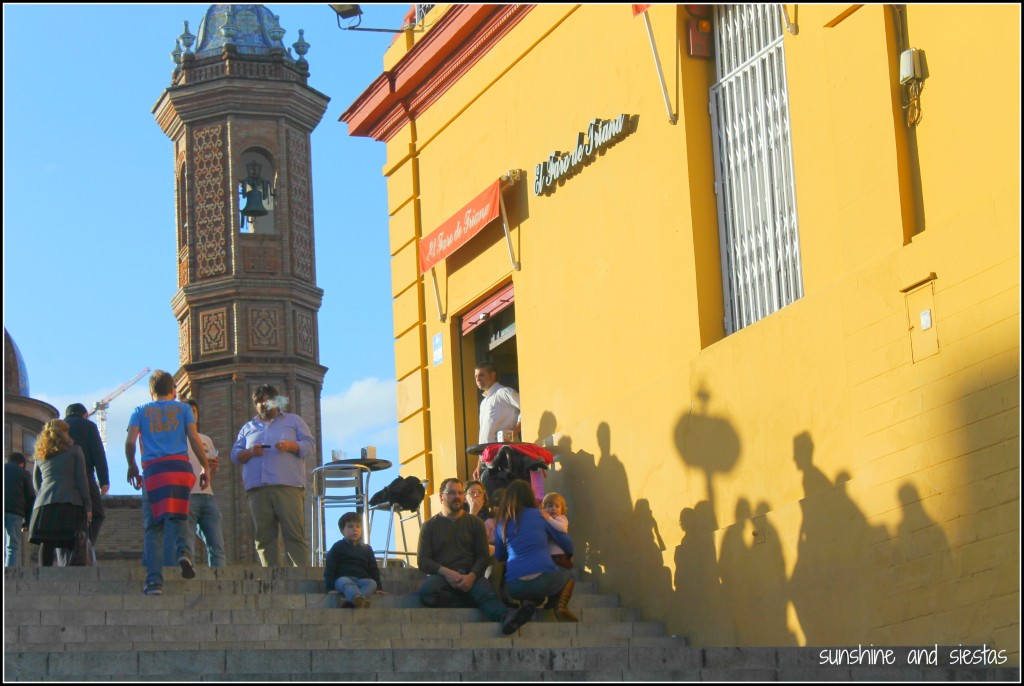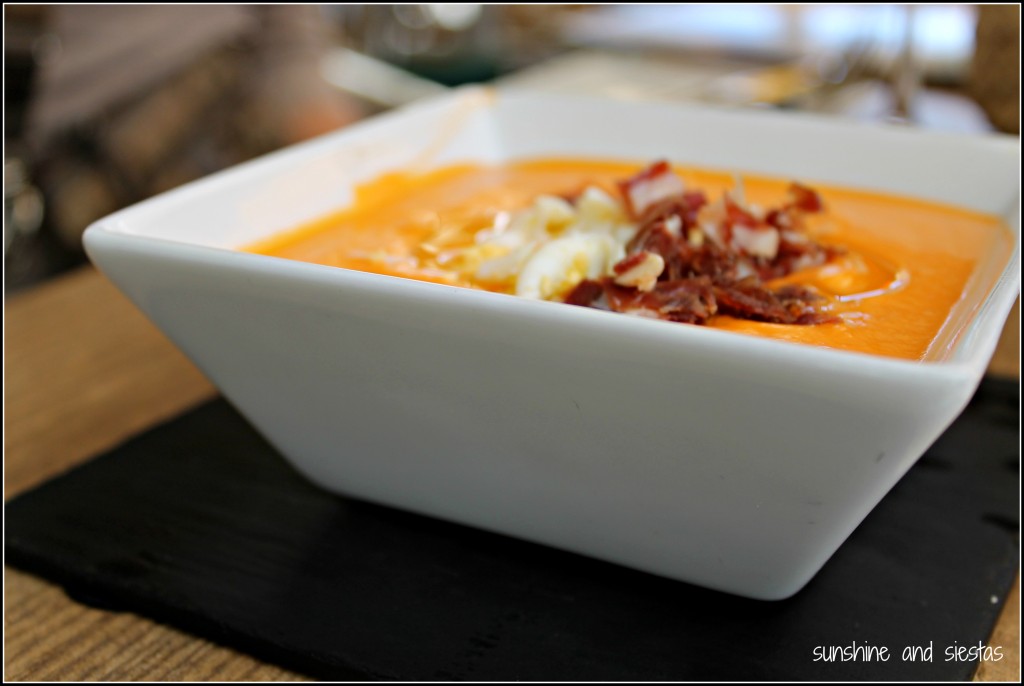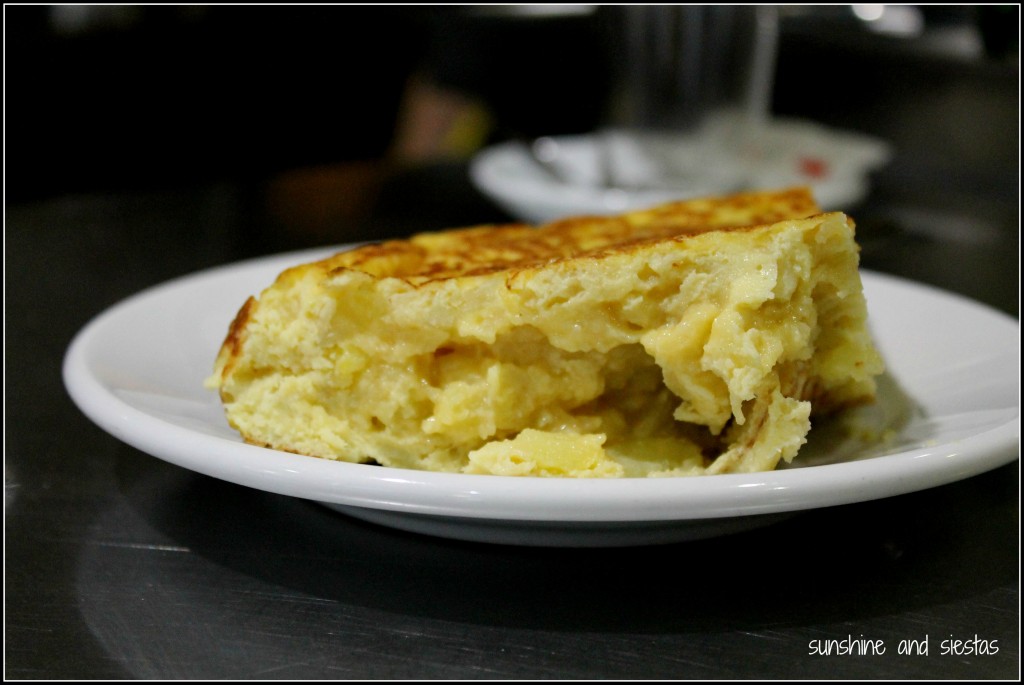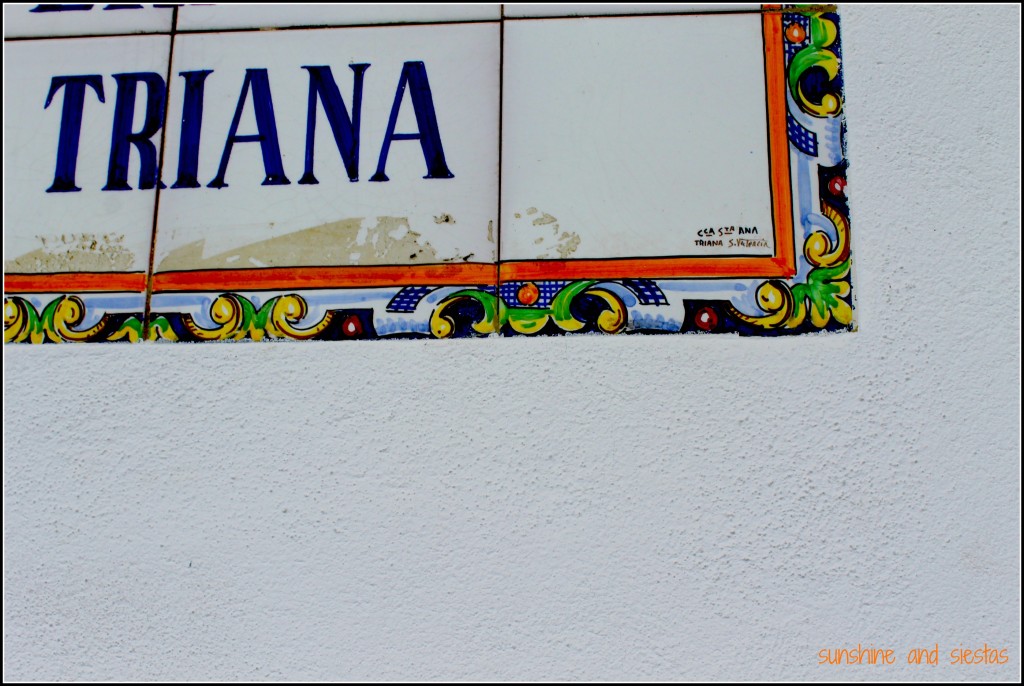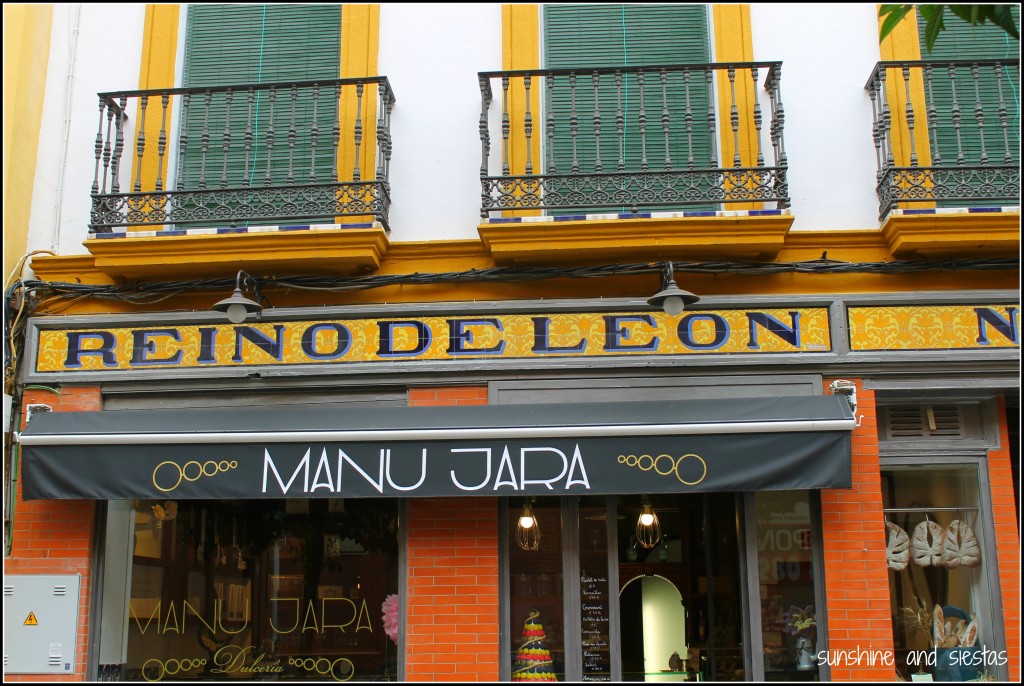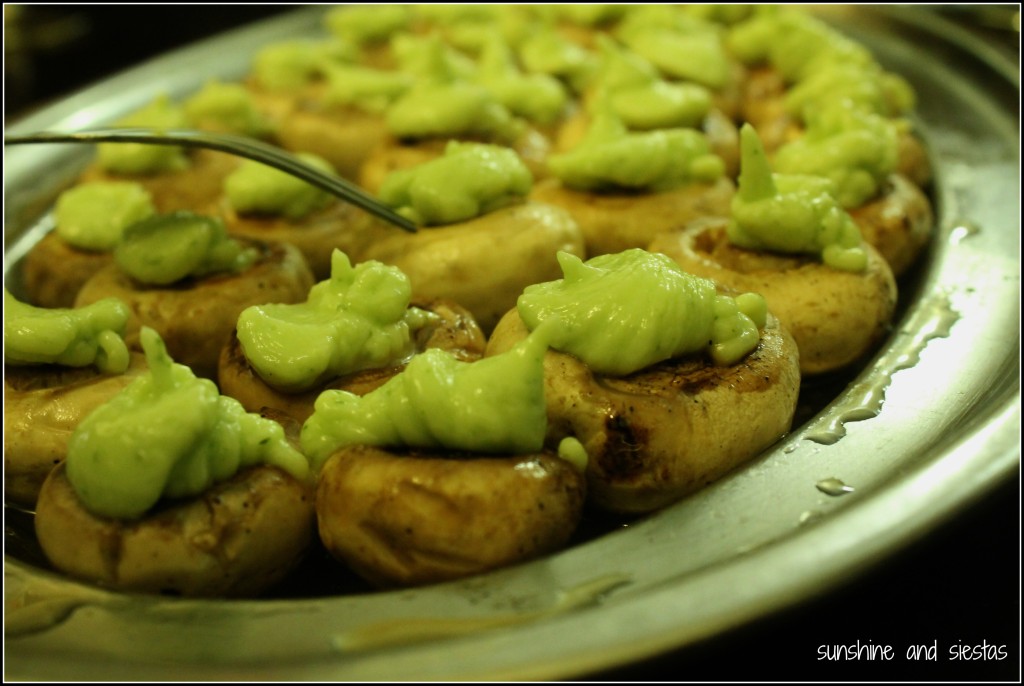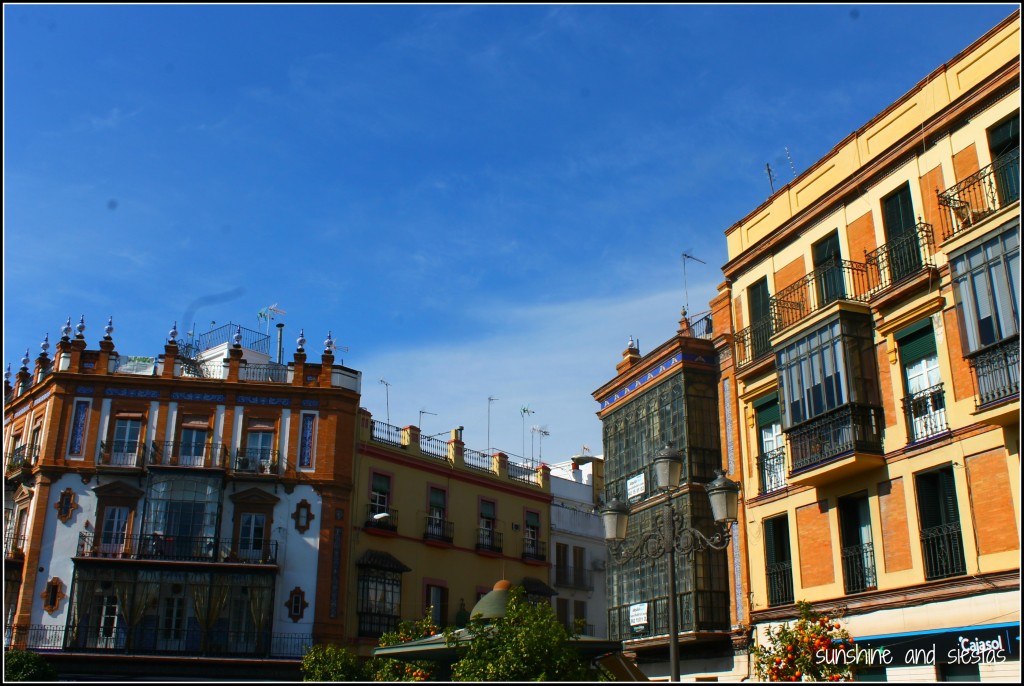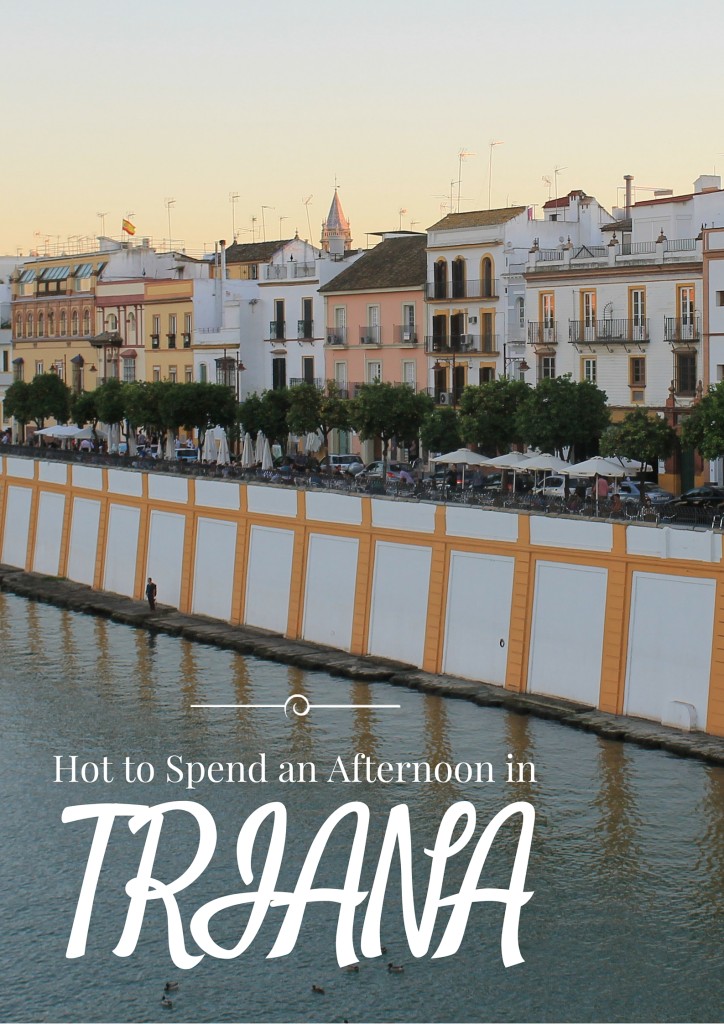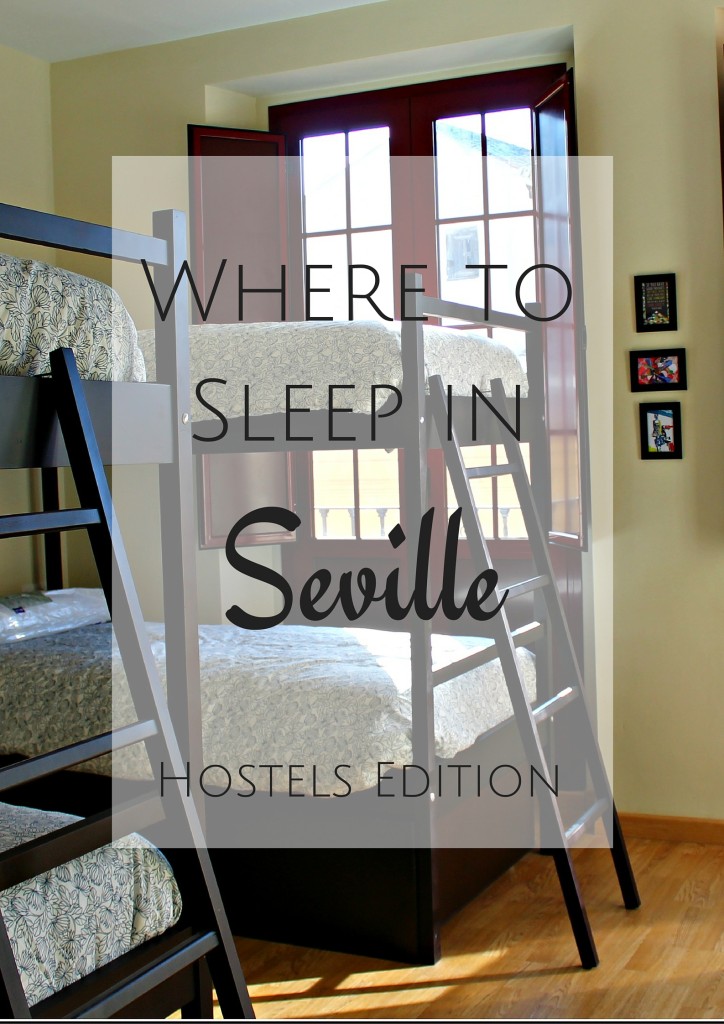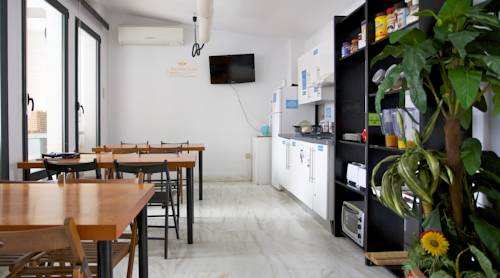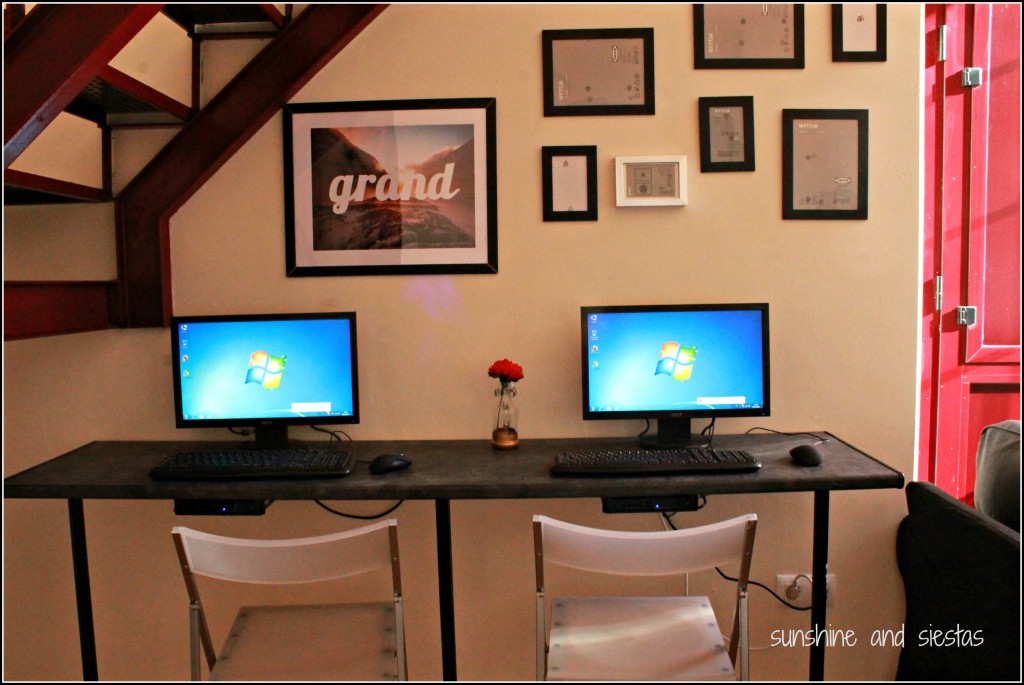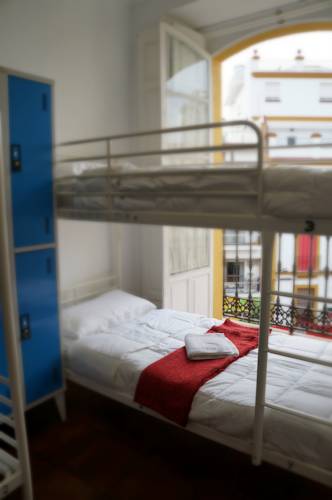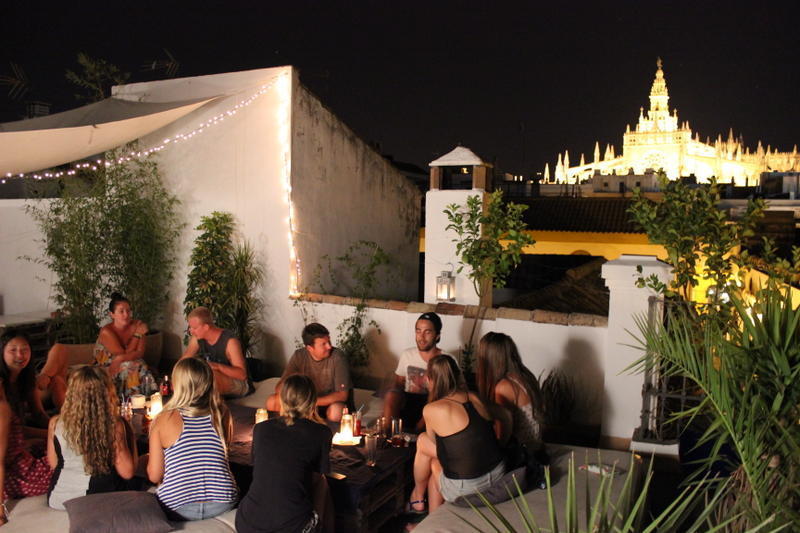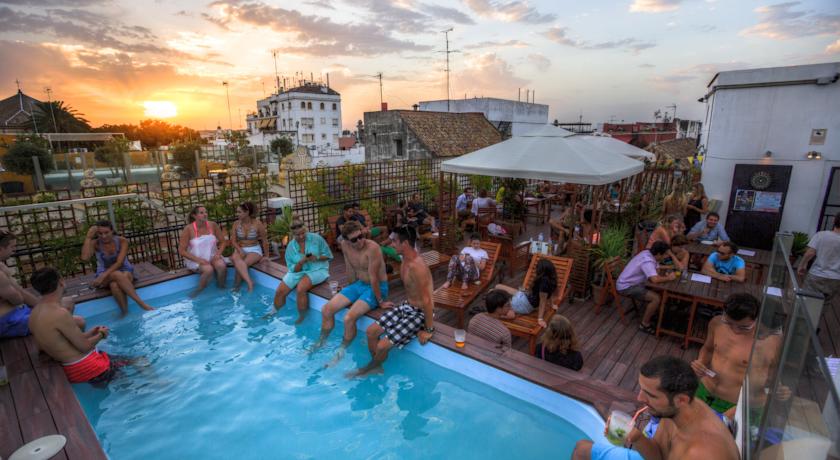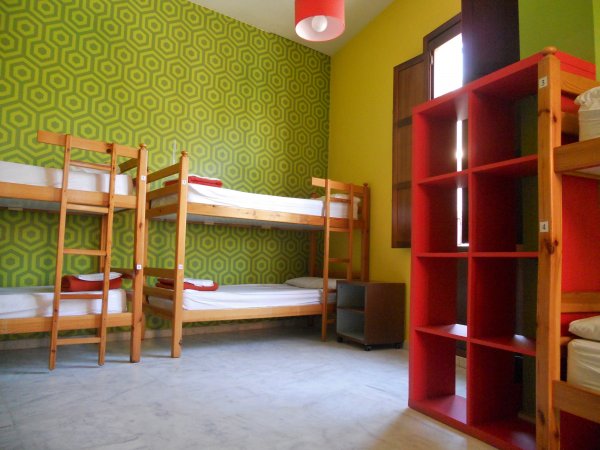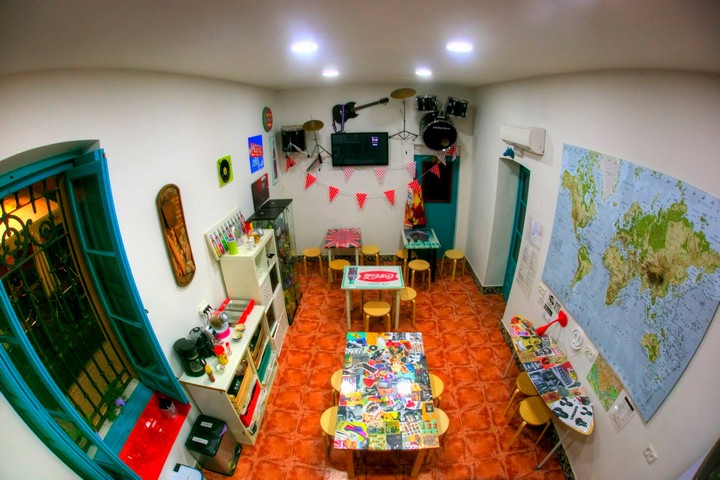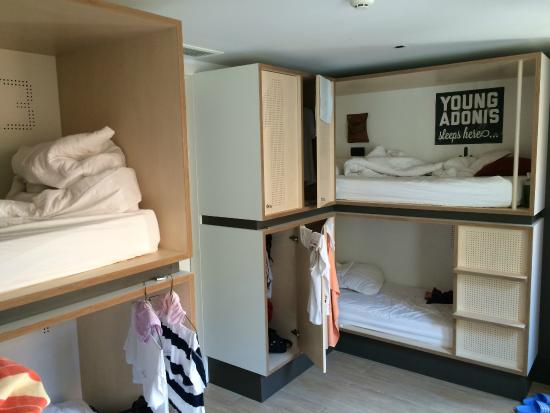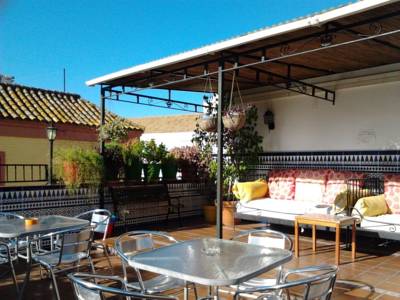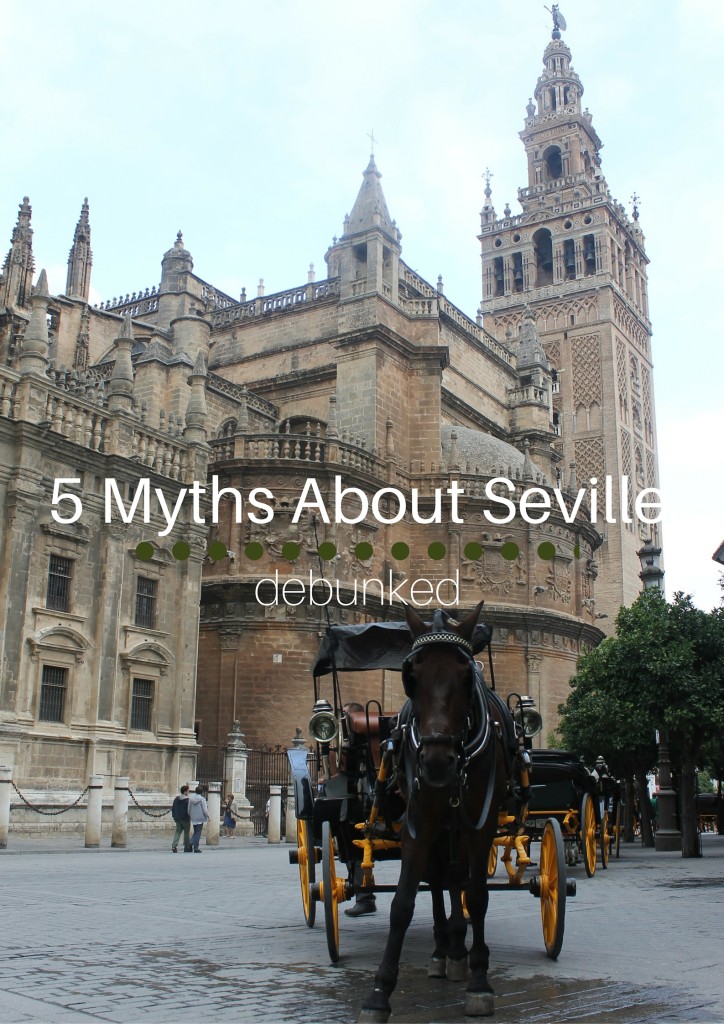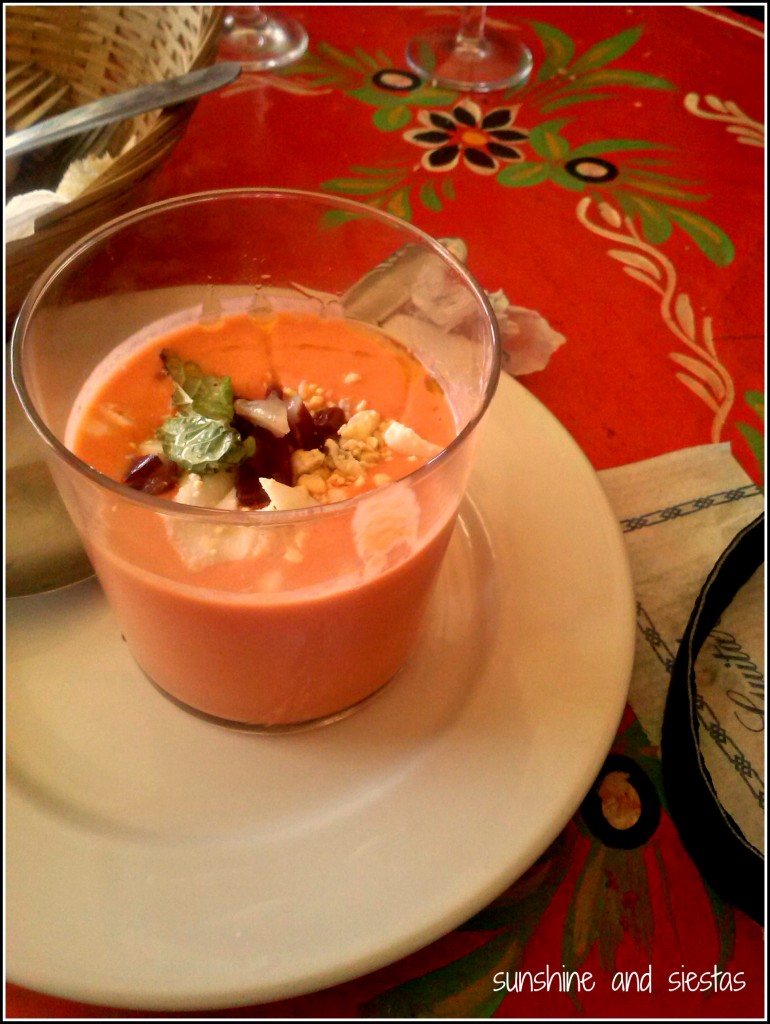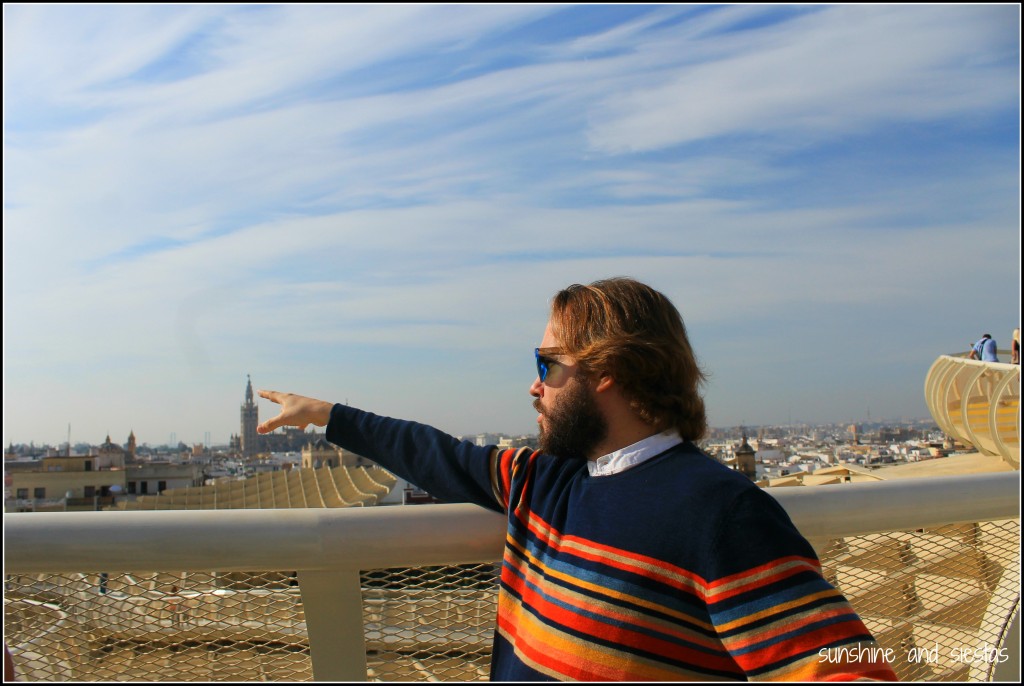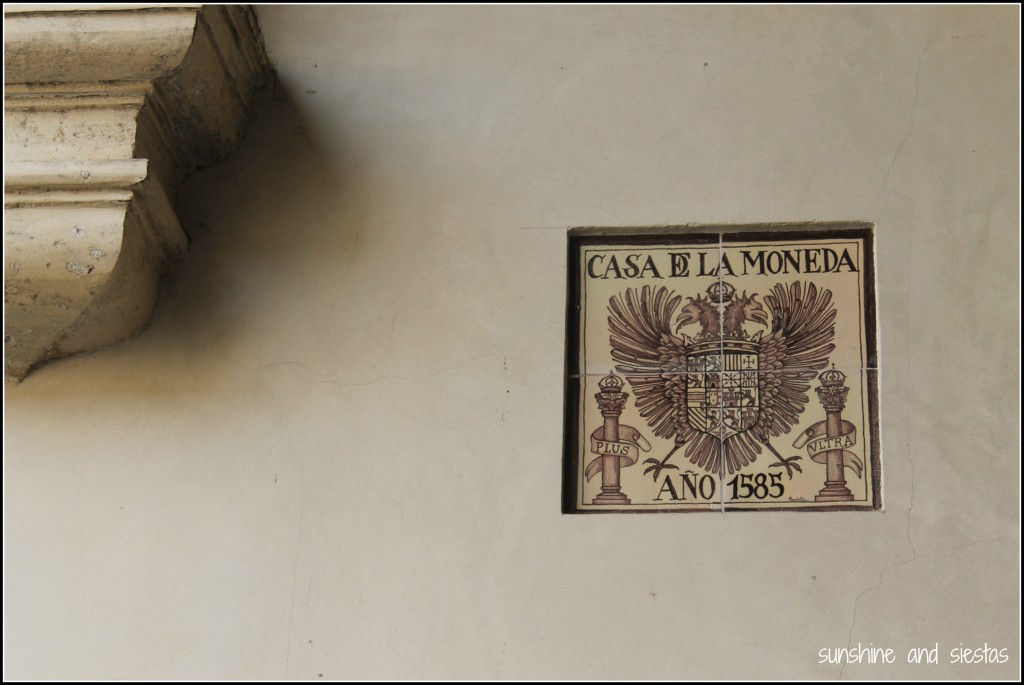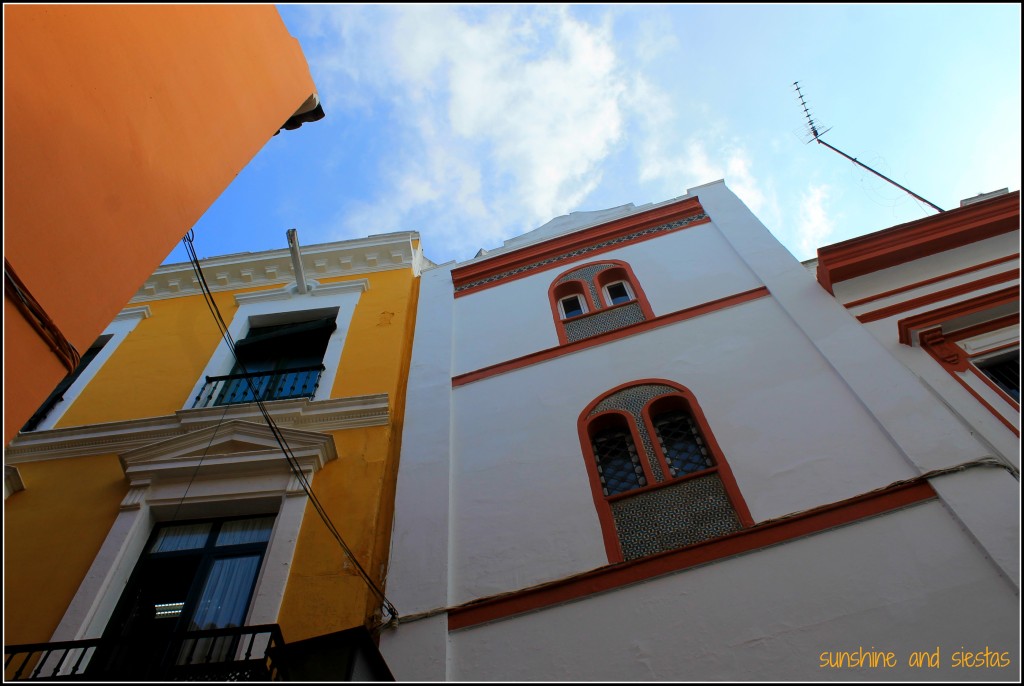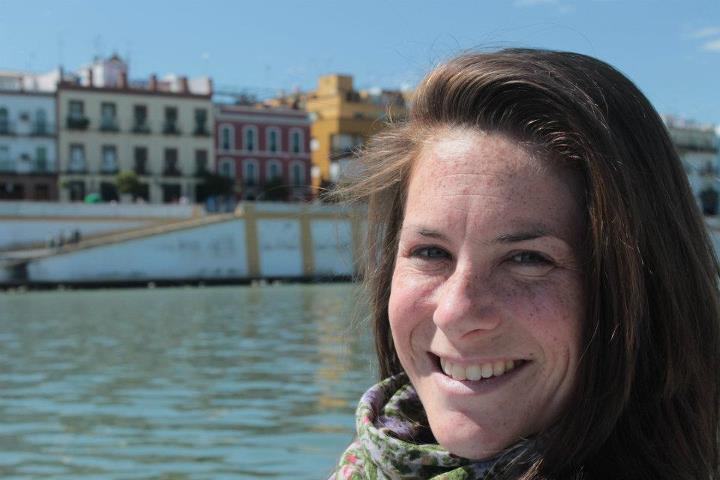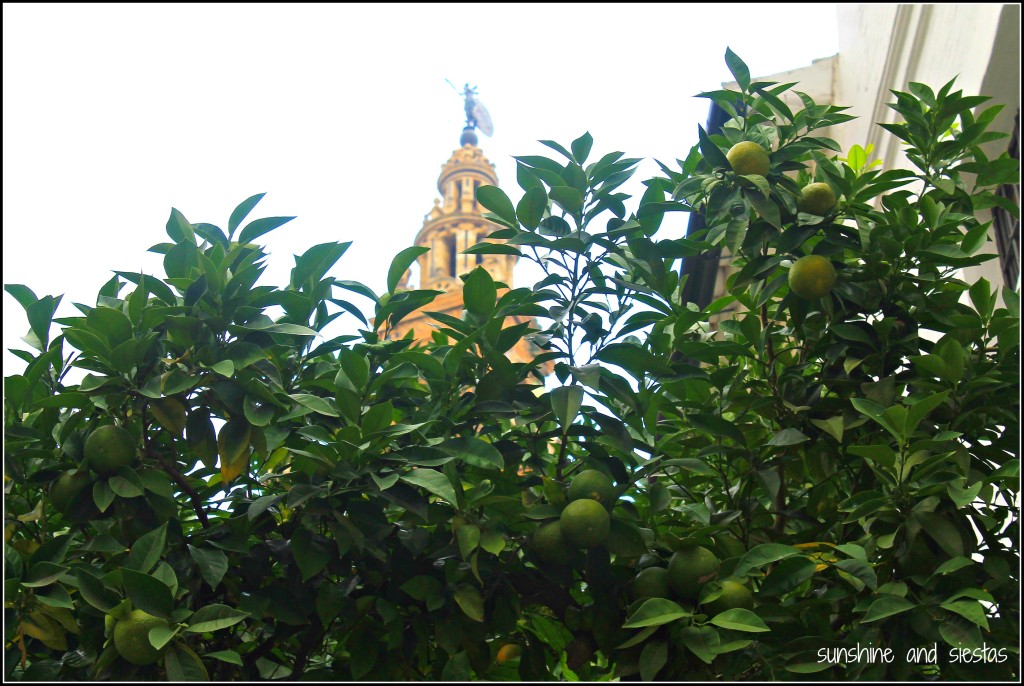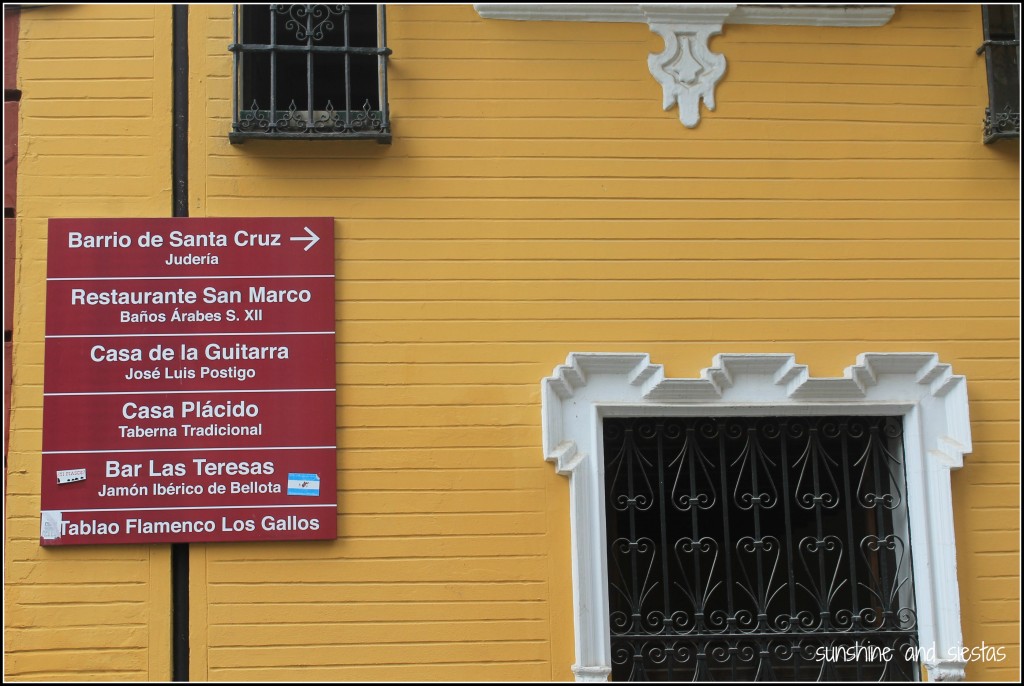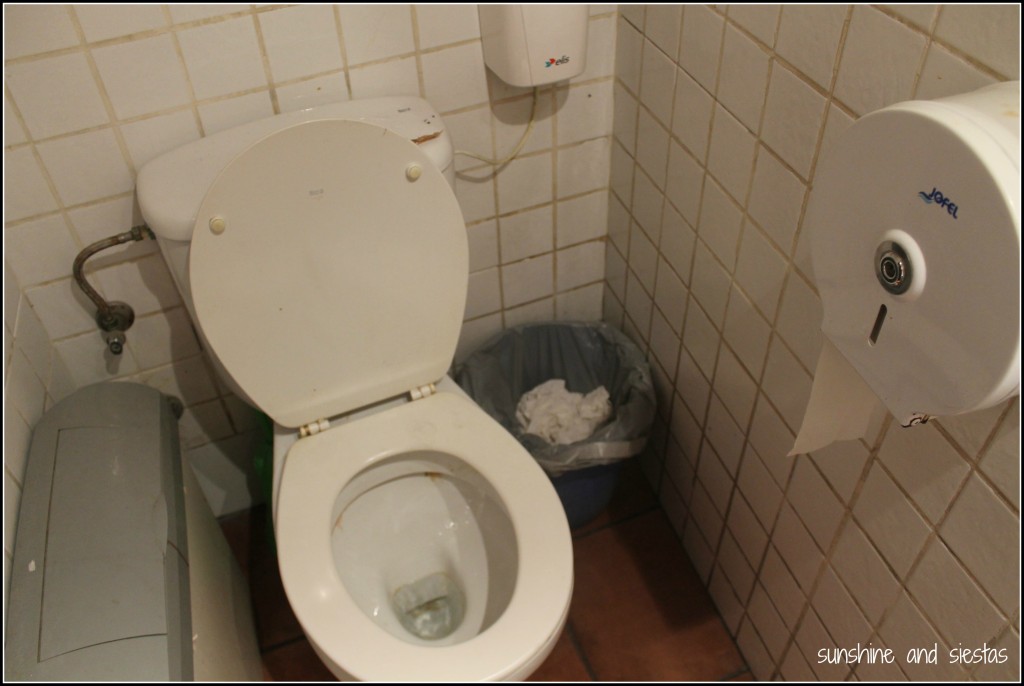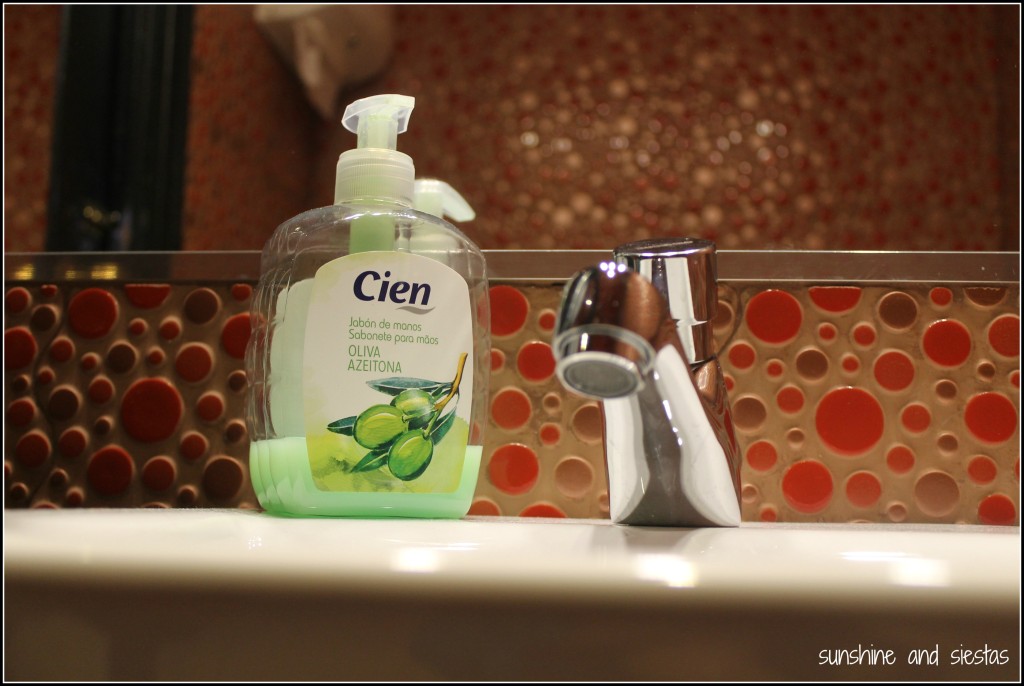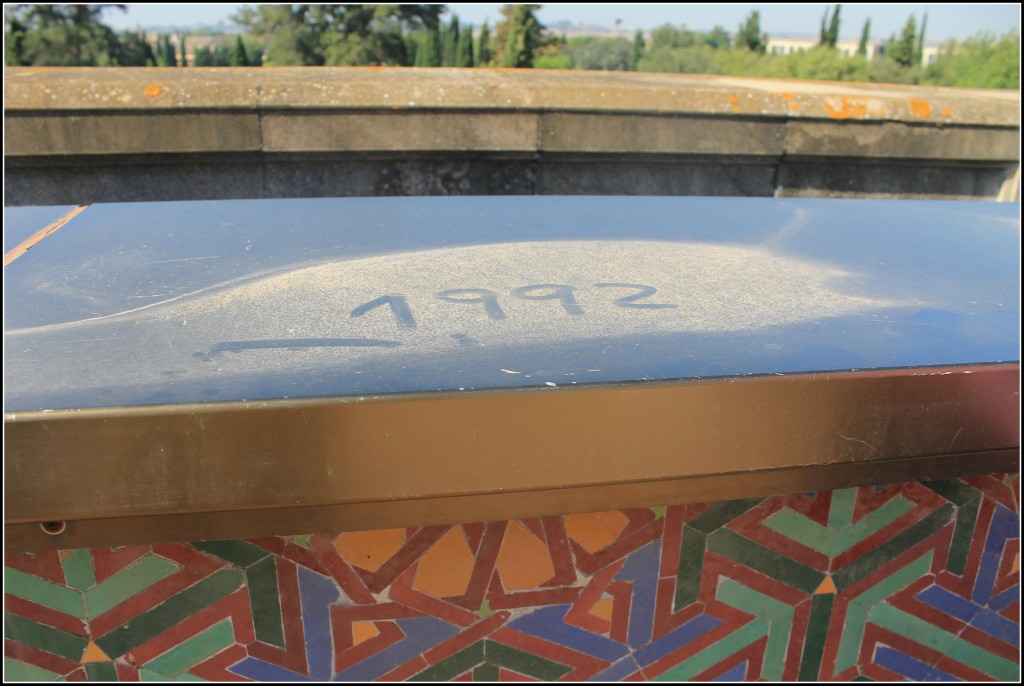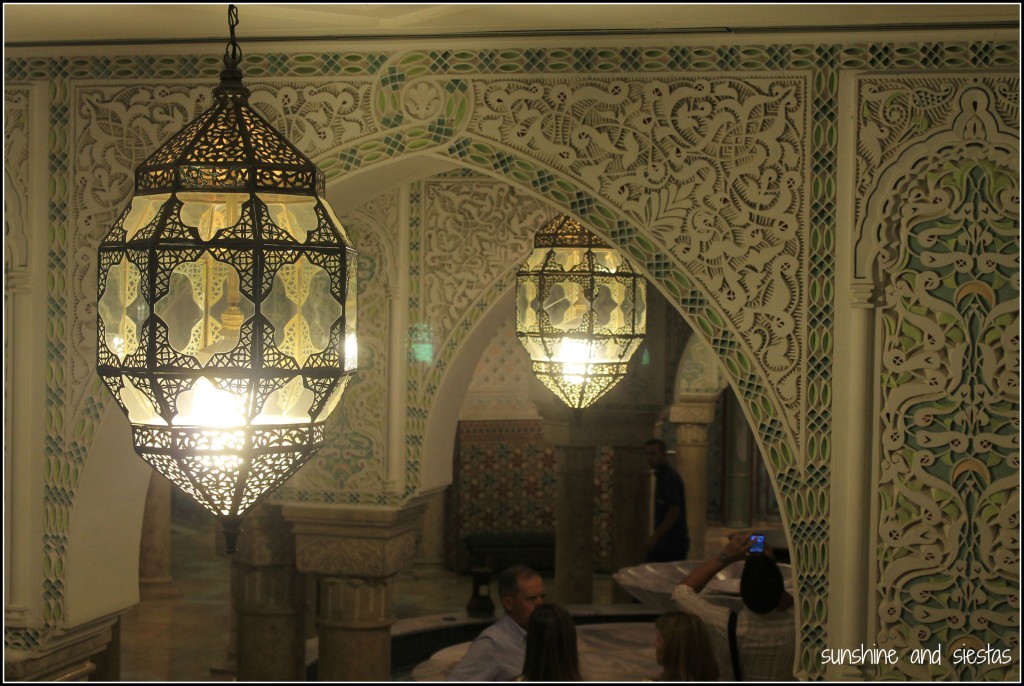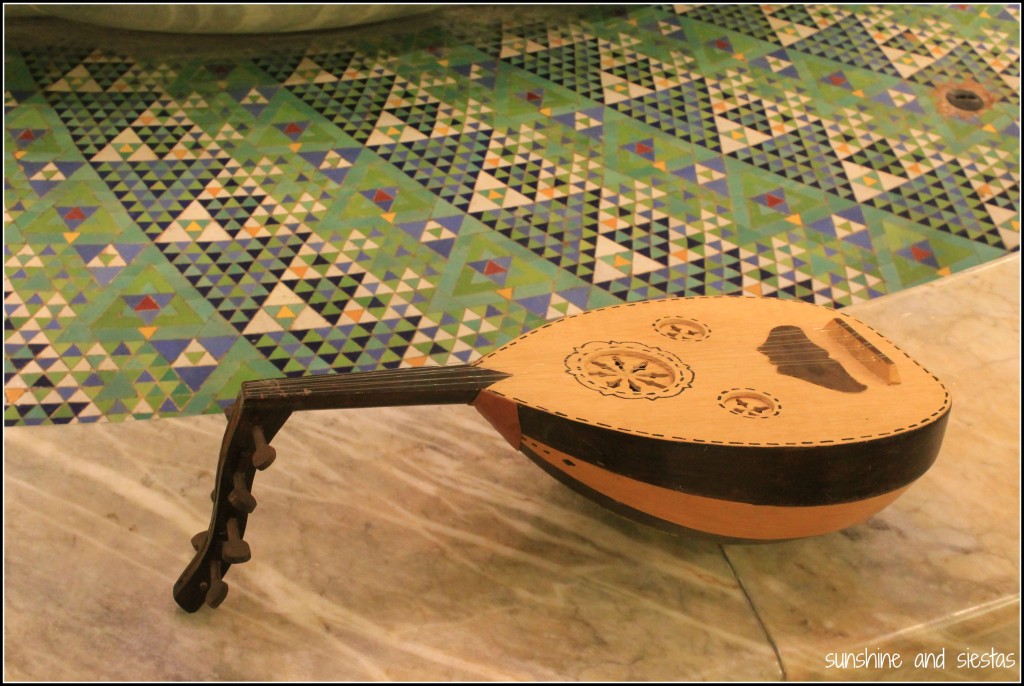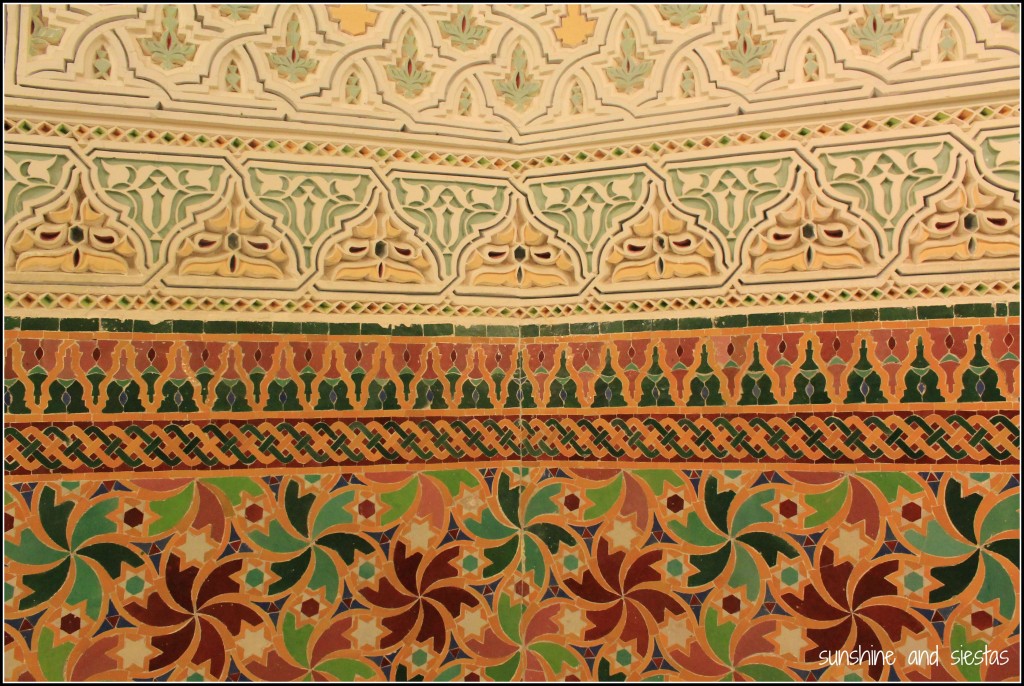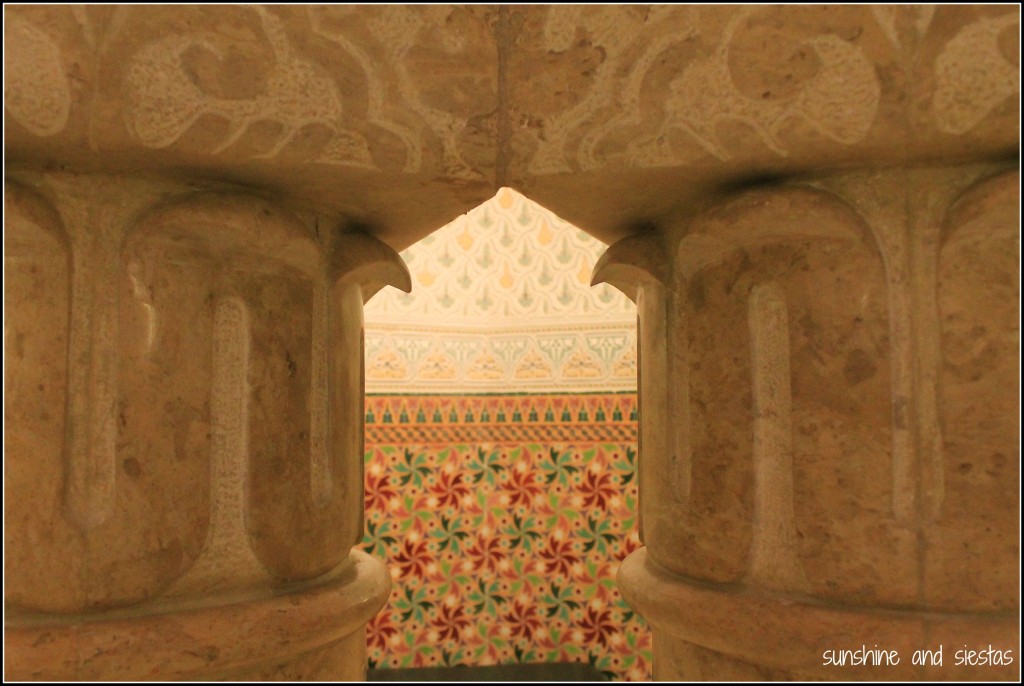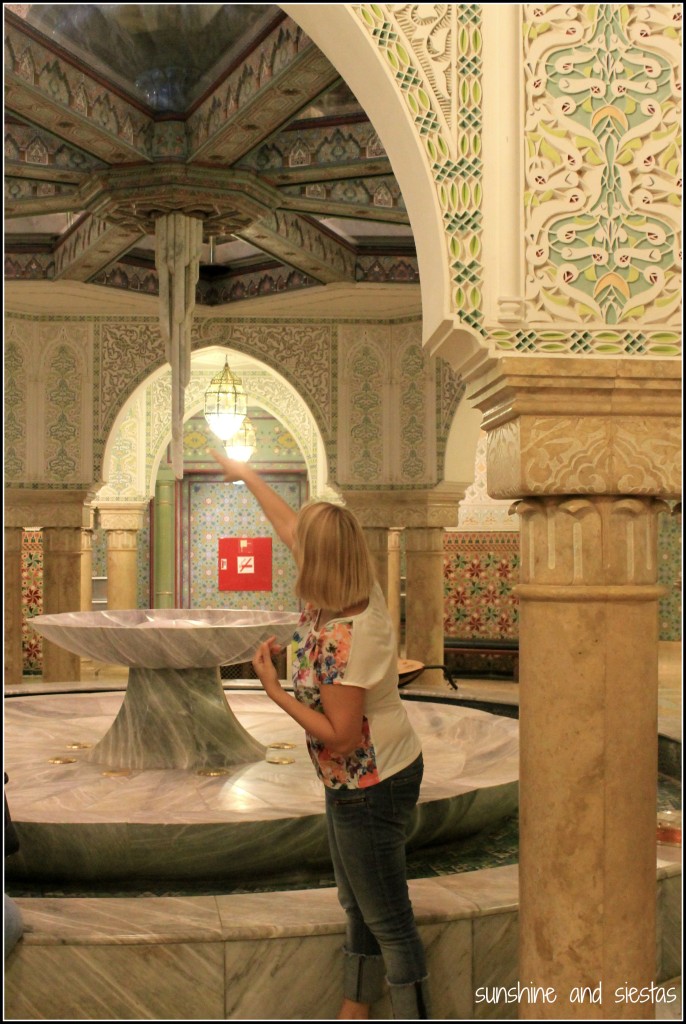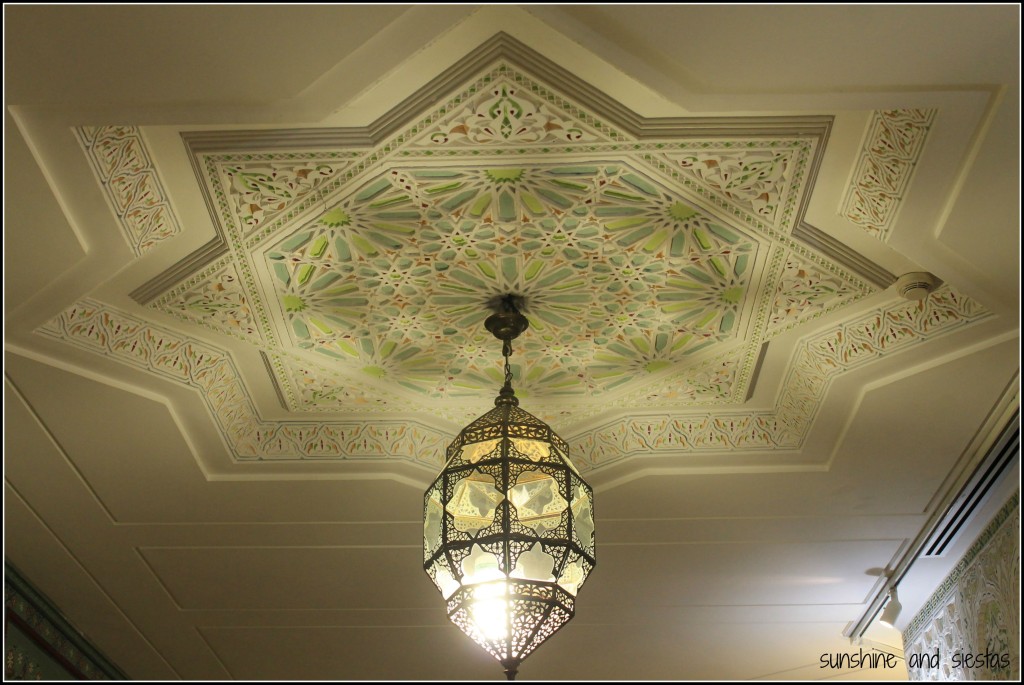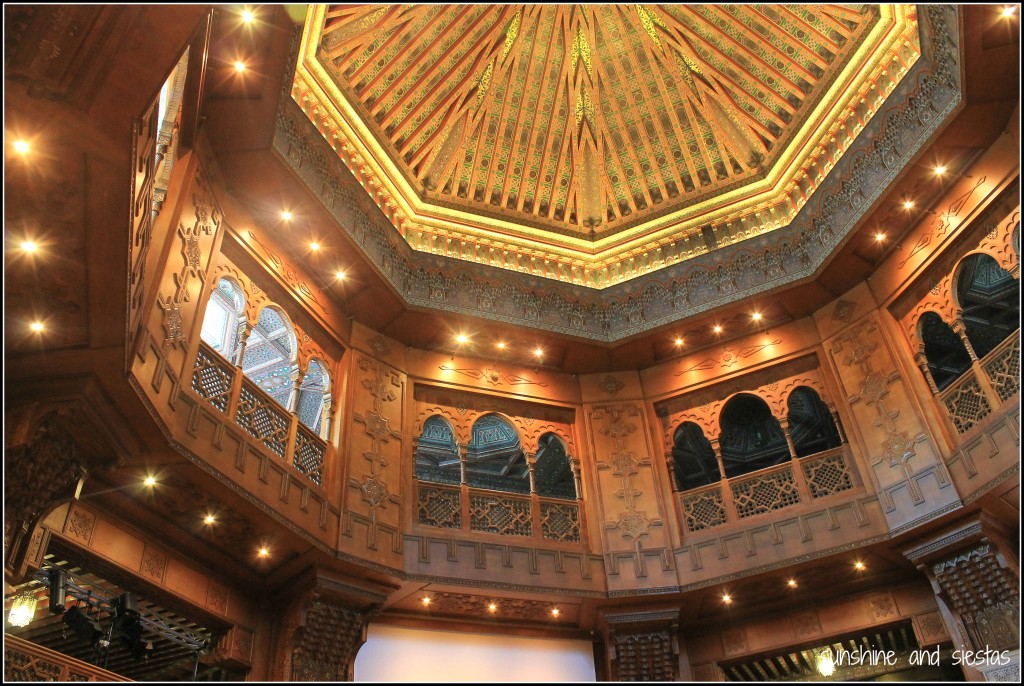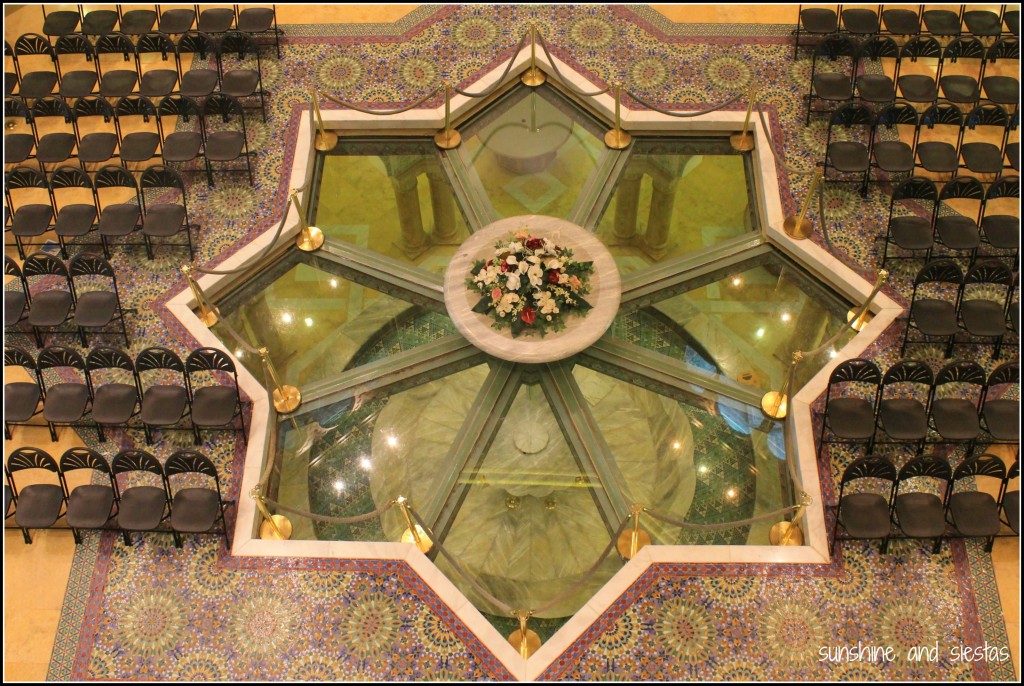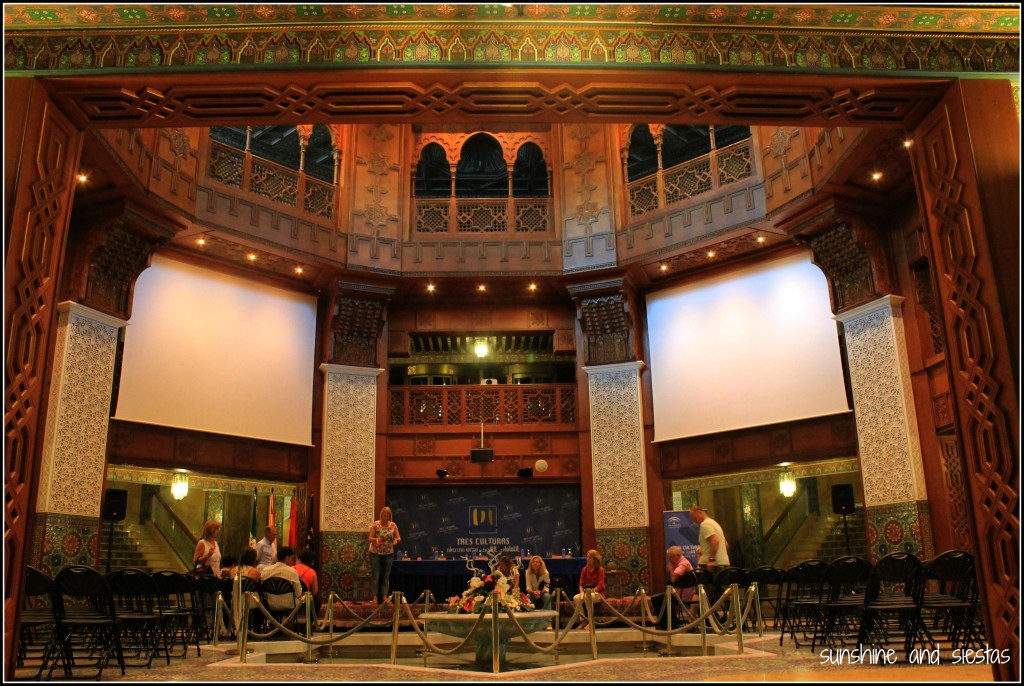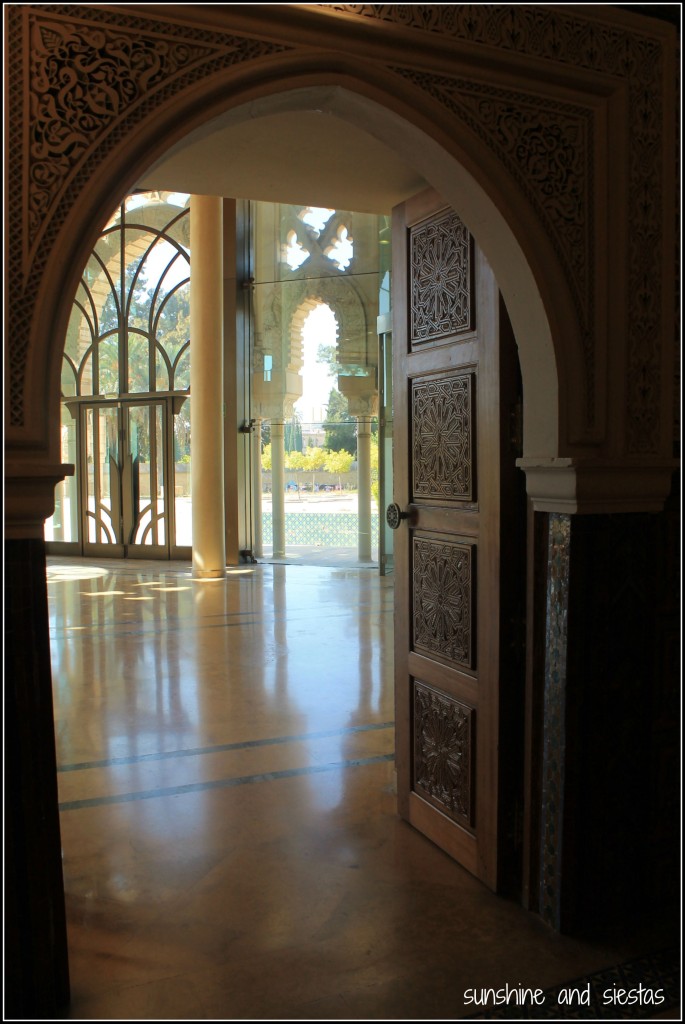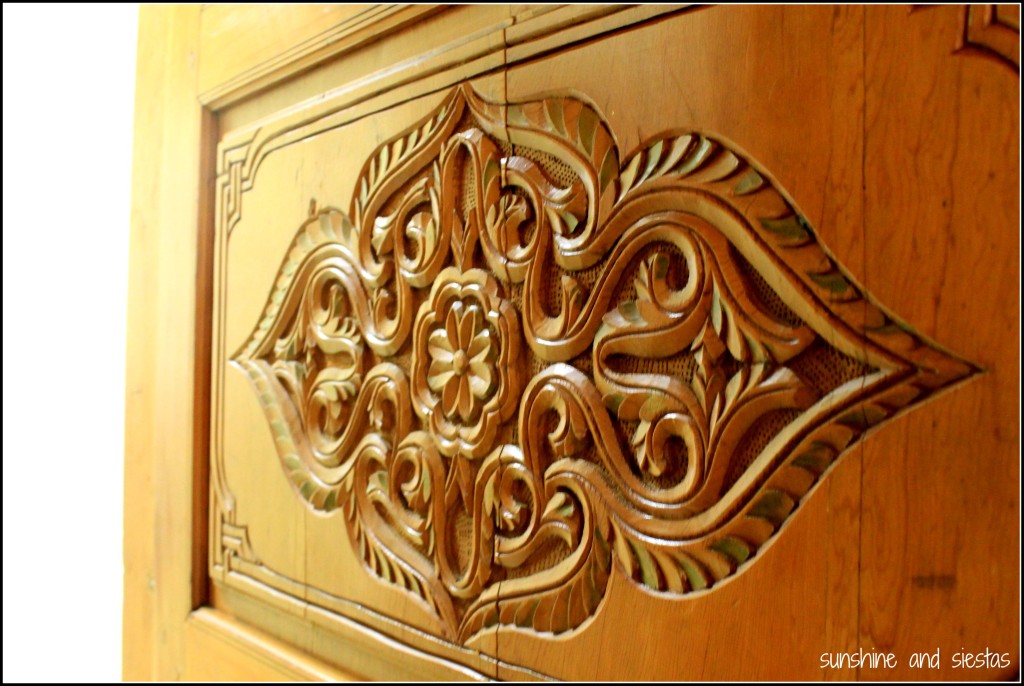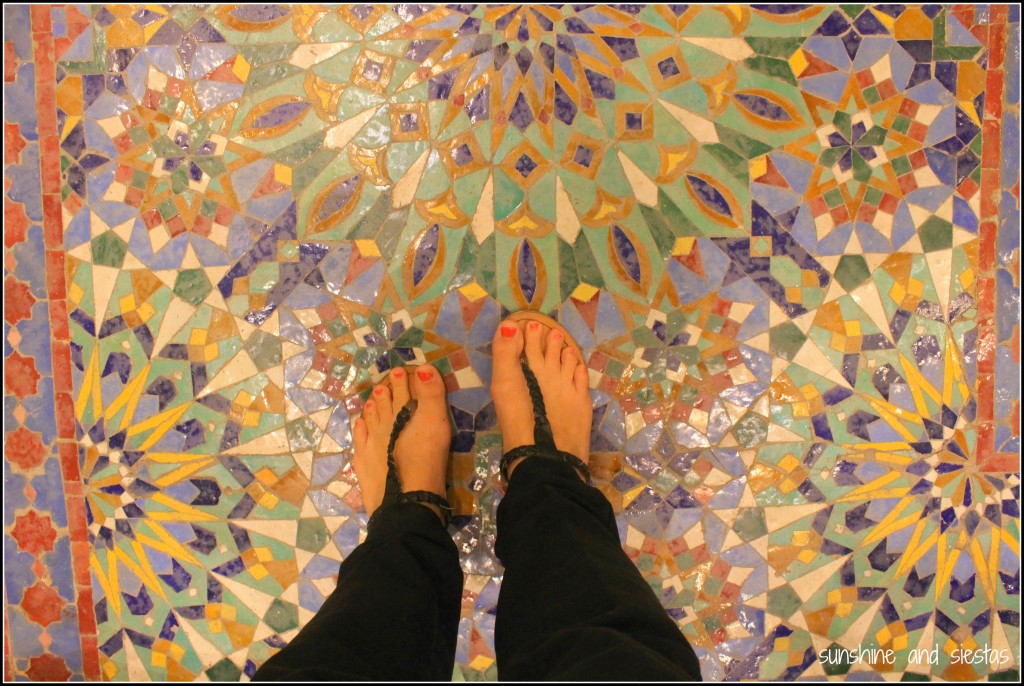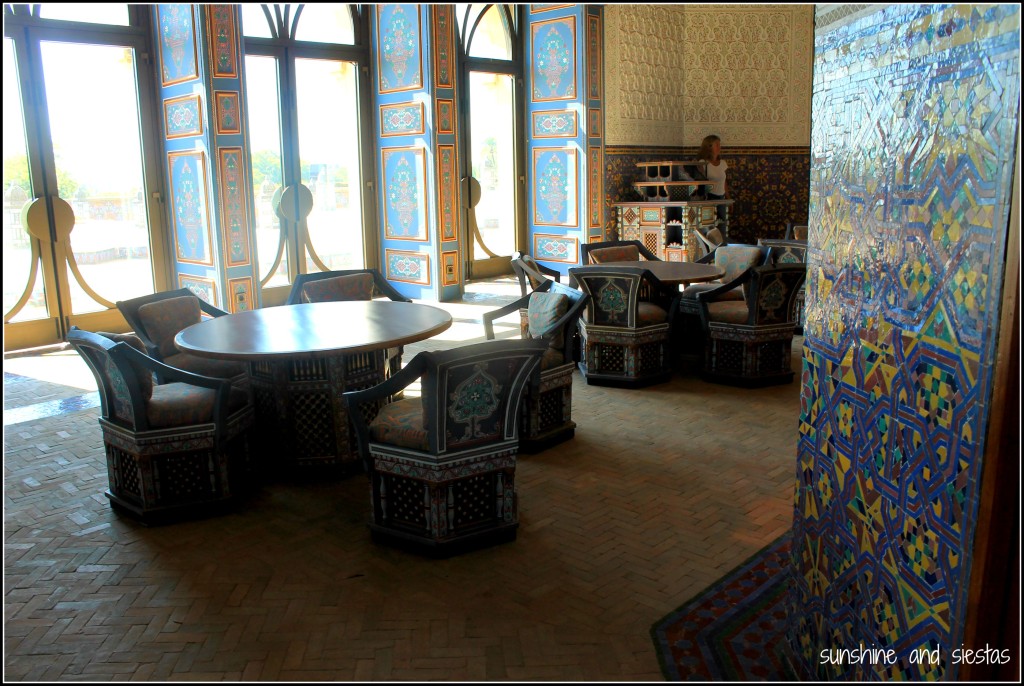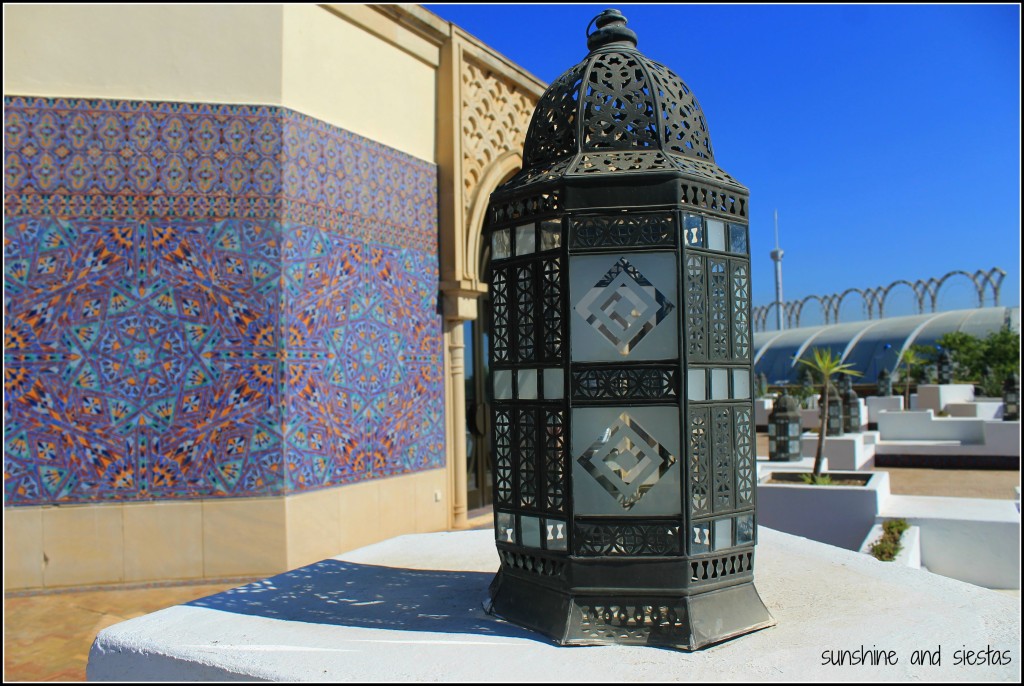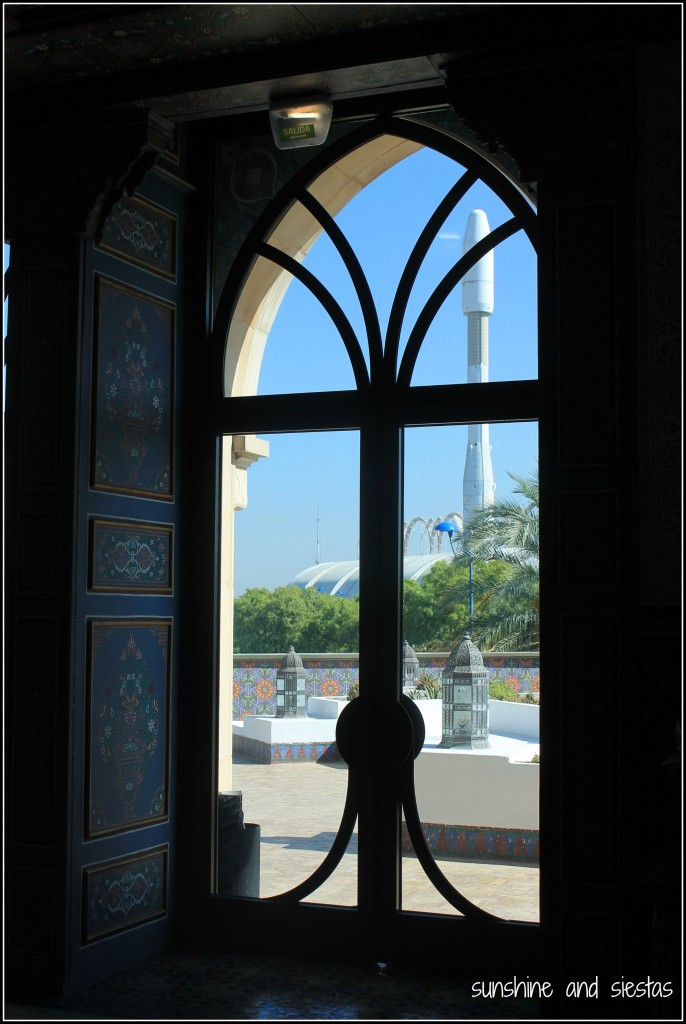Free is not a word synonymous with Seville. But cheap is.
While the city won’t burn a hole in your pocket with its reasonable prices for accommodation, food and entertainment (not to mention low cost of living), Seville still has a load of free or low-cost activities while visiting the metropolis where flamenco echoes through alleyways and bullfighters are carried out of the rings on the shoulders of revelers. And believe me when I say that there are plenty of things to do in Seville, unlike most Spanish cities where a few museums are sprinkled in between historic buildings.
If you’re pinching euros, try these ideas:
Get lost in the city’s old quarters
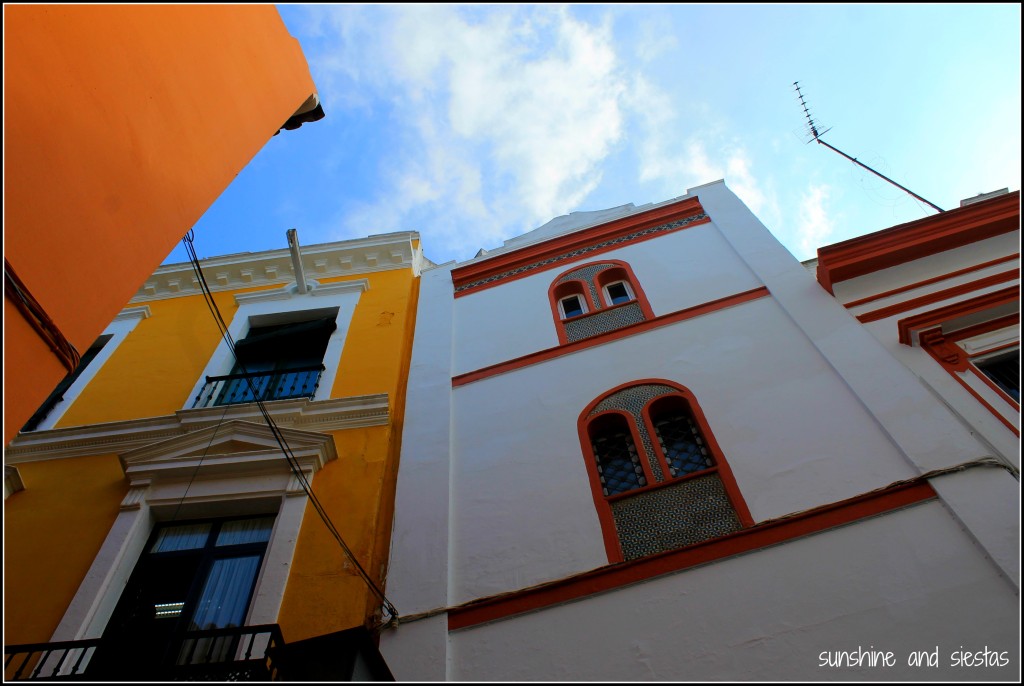
It’s believed that Seville has the largest old city center in Europe, and its Roman, Visigoth and Moorish roots mean that everything in the district is cramped, chaotic and easy to get turned around in. Your map will do you no good, so it’s better to just toss it in your bag and wander.
Catch a free flamenco show
Even before UNESCO declared flamenco – a gypsy art said to have taken on its modern form in Seville – an Intangible Cultural Heritage of Humanity, flamenco has been infused into the lives of sevillanos and its visitors. Peñas flamencas, small bars dedicated to artists of years past, often put on free or discounted shows in small, dark locales, the guitar wailing as a darkhaired gypsy taps and claps her way across the stage.
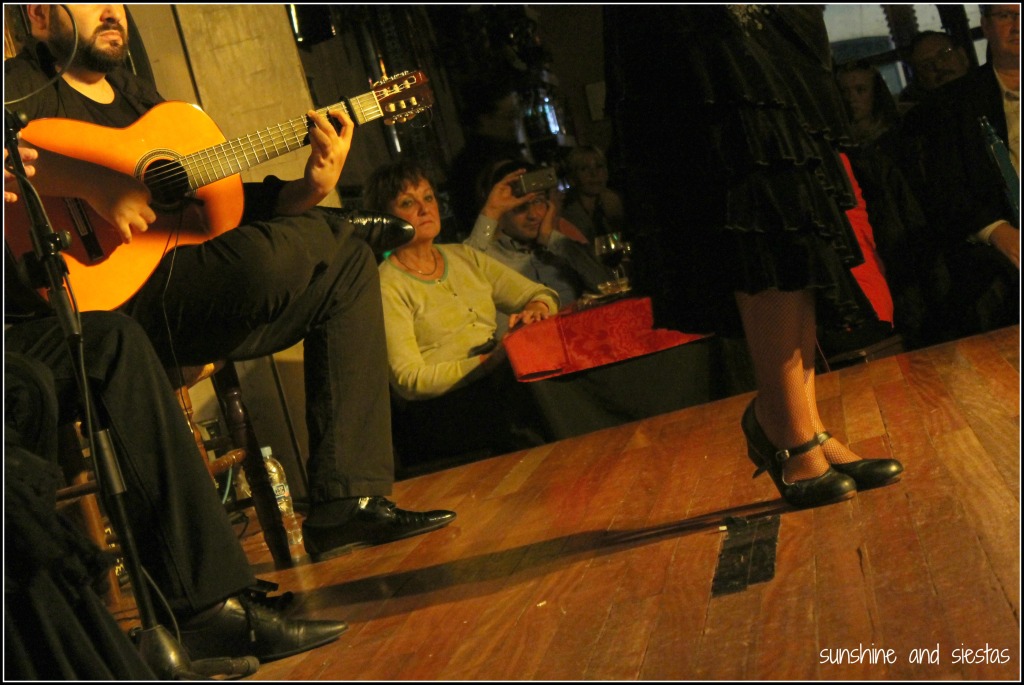
La Carbonería – Seville’s landmark flamenco joint makes it into every guidebook for good reason: shows are free and nightly at 10:30 or 11:00 p.m. Still, the popularity of La Carbonería and its location in the heart of downtown means that the place is packed, the drinks are expensive and the dancers just subpar (C/Levies, 18).
T de Triana – This bar cum flamenco haven features free shows on Tuesday and Thursday nights around 10:30 p.m. It’s location on Calle Betis makes it ideal for the start to a night on one of the city’s bestknown nightlife spots (C/Betis, 20).
La Anselma – Even though I’m no fan of the boisterous former cantaora whose famous flamenco house brings people to my barrio, her shows are free. Just be aware that she’ll hound you for a drink until you’ve had an entire bottle of wine…yourself…by the time the second dancer goes on (C/Pagés del Coro, 49).
Not that I speak from experience.
Visit museums on their free days
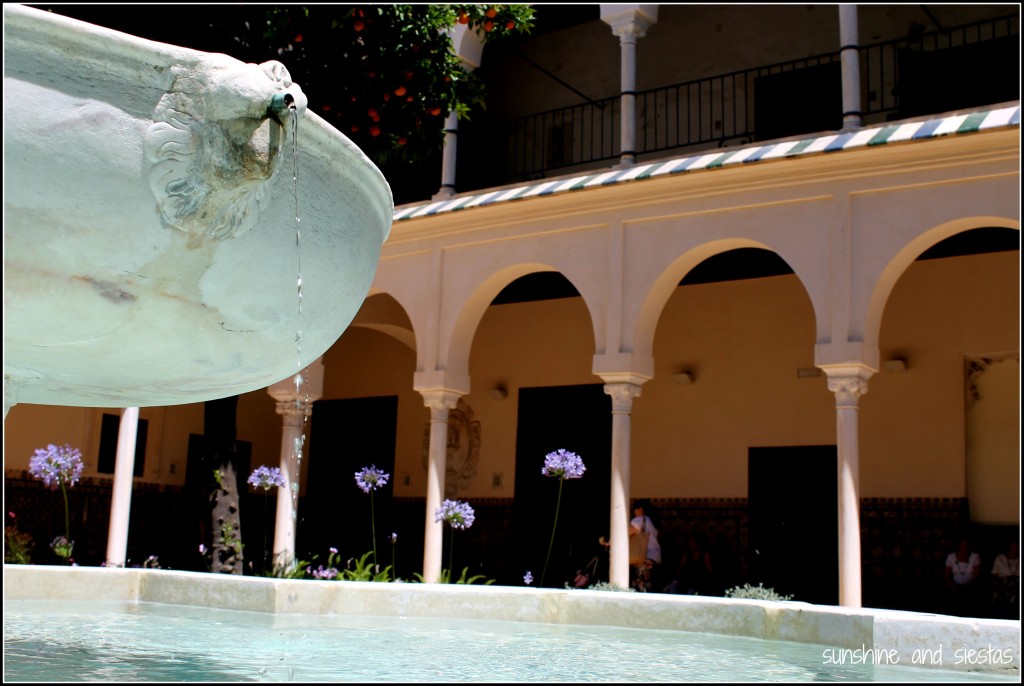
Seville’s historical sites have been climbing in prices as the city fields more tourists. Stop by the tourism office in Plaza Virgen de los Reyes for a free guide to the reduced price or free days for both the big-ticket sites and offbeat museums. Your money should be going to tapas anyway.
| Torre del Oro | Monday all day |
| Alcázar Palace and Gardens | Monday afternoon |
| Contemporary Art Museum | Tuesday to Friday afternoons; all day Saturday |
| Castillo San Jorge | Free daily |
| Cathedral and Giralda | Sunday afternoon |
| Archivo de Indias | Free daily with appointment |
| Casa de Pilatos | Free Wednesday afternoon with EU ID card |
| Fine At Museum | Free daily |
EU citizens have their entrance to Itálica, a Roman settlement outside the city, free every day.
And if you’re a student under 26 with a valid ID card or carnet joven, you can cash in on discounted rates or free entrance at the Alcázar, Cathedral, Archaeological Museum and Arts and Customs Museum.
This is an especially good tactic if you visit in the summer – free A/C!
Lounge in one of the city’s expansive parks
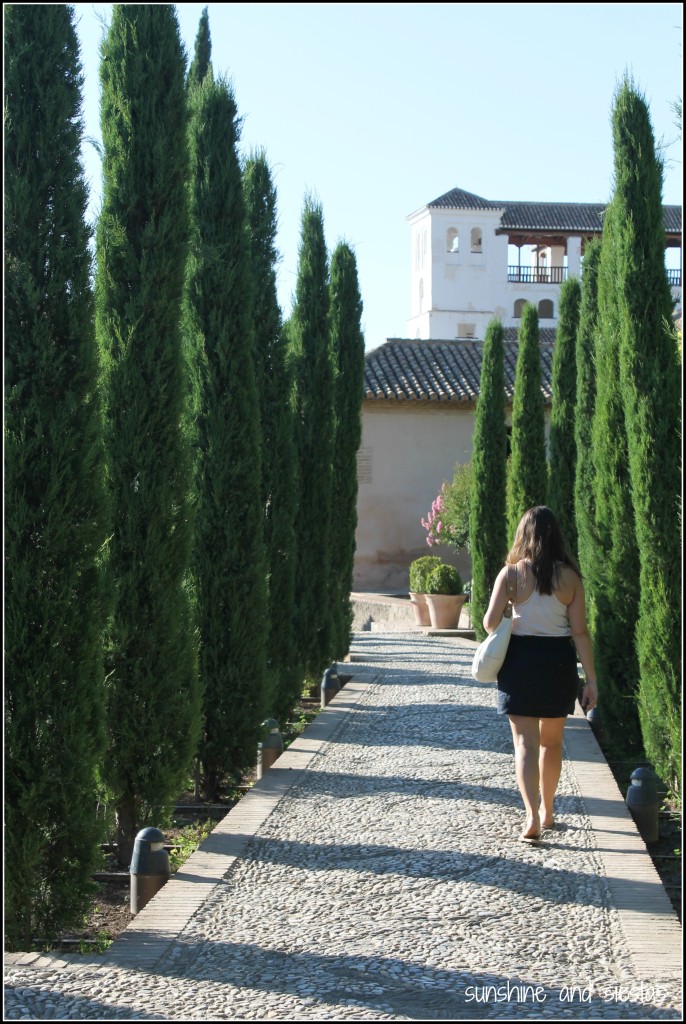
From María Luisa to Alamillo to the banks of the Guadalquivir, Seville’s parks are a defense against the hot summers and a cheap way to relax. Bring a picnic lunch for a cheap dining option, or come prepared for an afternoon siesta.
Bonus points if you bring a litrona of beer for a botellón!
Shop at a local’s market
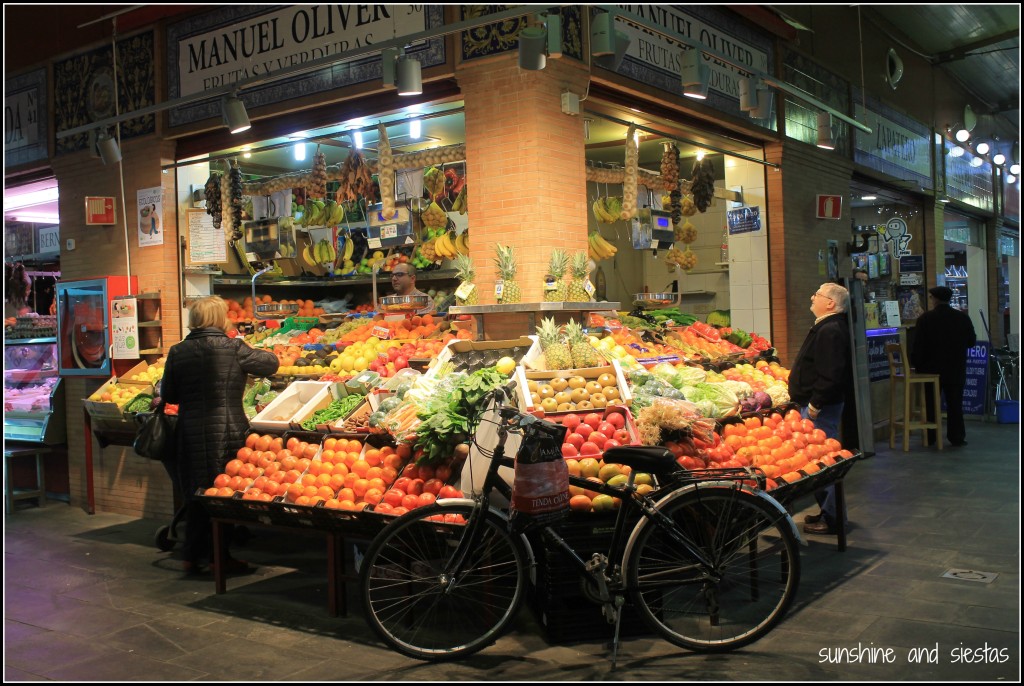
Nowhere in Seville can you witness the way its people live than in its local markets. Old ladies jab you with their elbows to get through the fruit stand while your jaw drops with the weird cuts of animals, the array of fish and the mounds of spices sold at each. Most markets are open Monday – Saturday from 8a.m. until 2p.m. Likewise, there is a fine arts fair just in front of the Fine Arts Museum every Sunday morning, weather permitting.
Wander the Exposition fairgrounds
Seville, for two brief periods in its long history, had the world’s attention when it hosted the Iberoamerican Festival in 1929 and again in 1992. Large portions of the city were dedicated to these projects.

In 1929, Seville became home to the Iberoamerican Fair, and event that brought together Latin-and South American countries in order to strengthen ties, most of which were Spanish colonies. Sitting at the southern end of the historic quarter, each country designed its own pabellón, or exhibition hall, crowned by the Plaza de España. All sites are free to view, though some aren’t open to the public or are used as government buildings.
On the opposite side of the city in the Isla de la Cartuja, Spain again hosted an exposition to welcome the 21 st century with over 100 countries in attendance. Preparations for the siteincluded building several new bridges to span the Guadalquivir River and a monorail, and the site is reputed to be from where Columbus left for his journey to America. While it remains largely abandoned, the expansive area is worth a visit, and you can visit the stunning Pabellón de Marruecos.
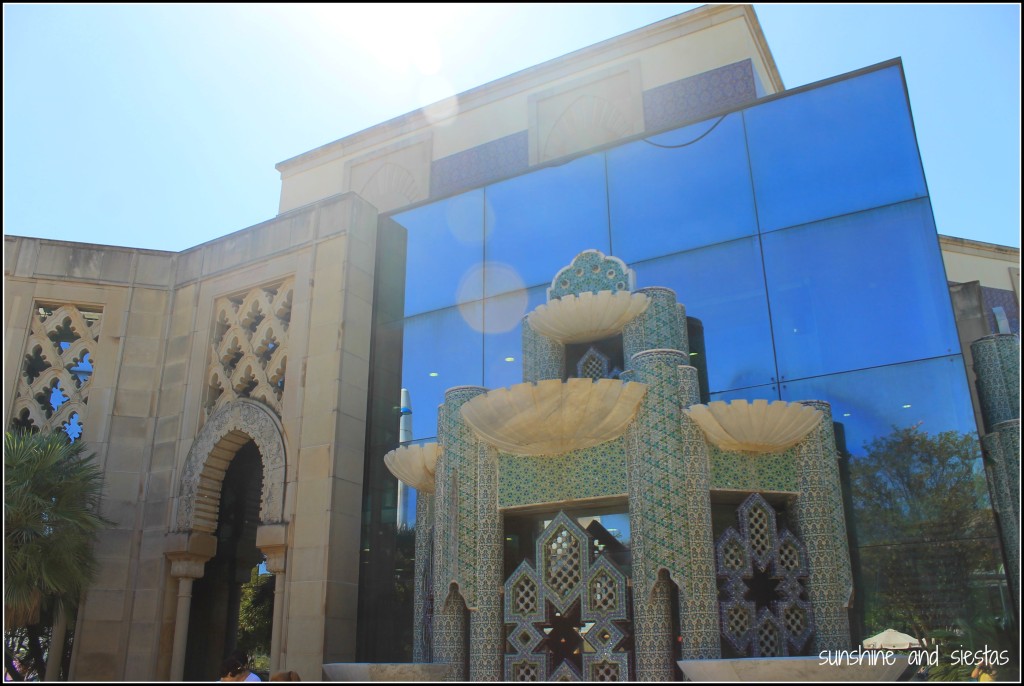
Visit San Fernando Cemetery
While the idea of visiting a cemetery is a bit disconcerting to everyone but me, visiting Seville’s city cemetery is worth the hike for its beauty and peaceful respite from a bustling city. Inaugurated in 1852, the city’s most illustrious names have been lain to rest here, including bullfighters like Paquirri and flamenco singers, war heroes and criminals. The cemetery is open during daylight hours and on holidays, so it’s common to see burials and mourning loved ones, so silence and no photography is enforced. Take bus 10 from Ponce de León until you see the cemetery (1,40€/trip).
Discover the city’s Roman roots
Seville is a city that has been conquered, reconquered and conquered again, creating a matrix of architectural and artistic legacy. Perhaps the Roman roots of the city are best preserved, as city decrees outlaws the destruction of ruins or artifacts. Such objects can be seen in the archaeological museum of María Luisa Park, but you can discover some of them on your own.
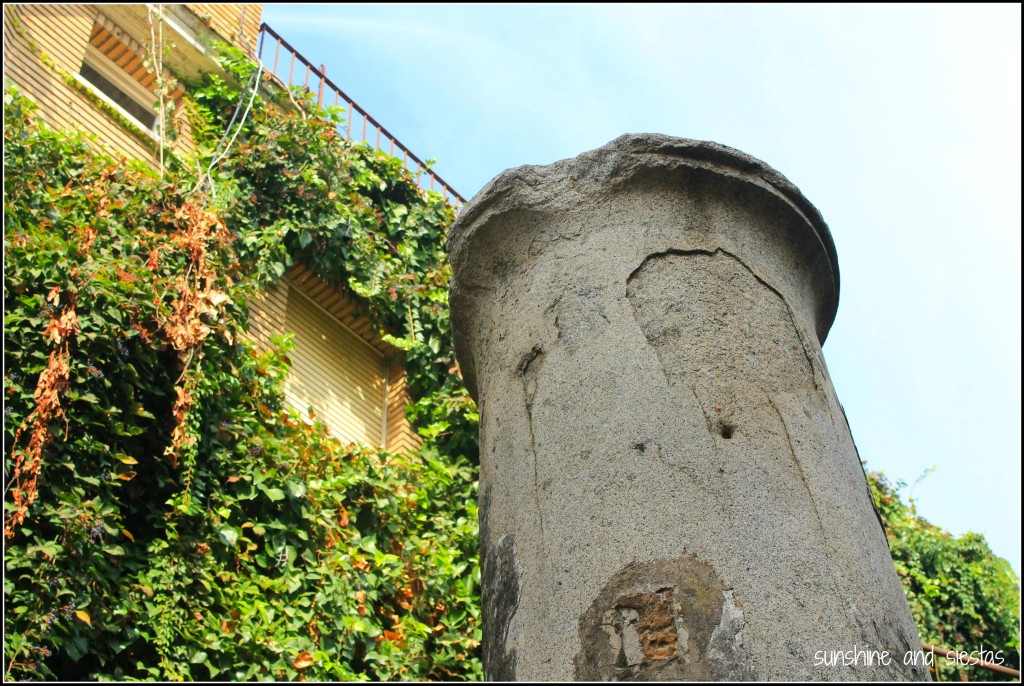
The corner of Calle Mármoles and Calle Abades houses columns of a temple; in Plaza de la Pescadería, believed to be at the crux of the old Roman streets, giant marble blocks preserve the ruins of a fish monger’s; and in Plaza de la Encarnación, visit gorgeous mosaics and old city walls that lie underneath the square (1,50€ for non-EU citizens). There are also ruins of a Roman aqueduct just outside the city center on Luis Montoto.
Get holy at church
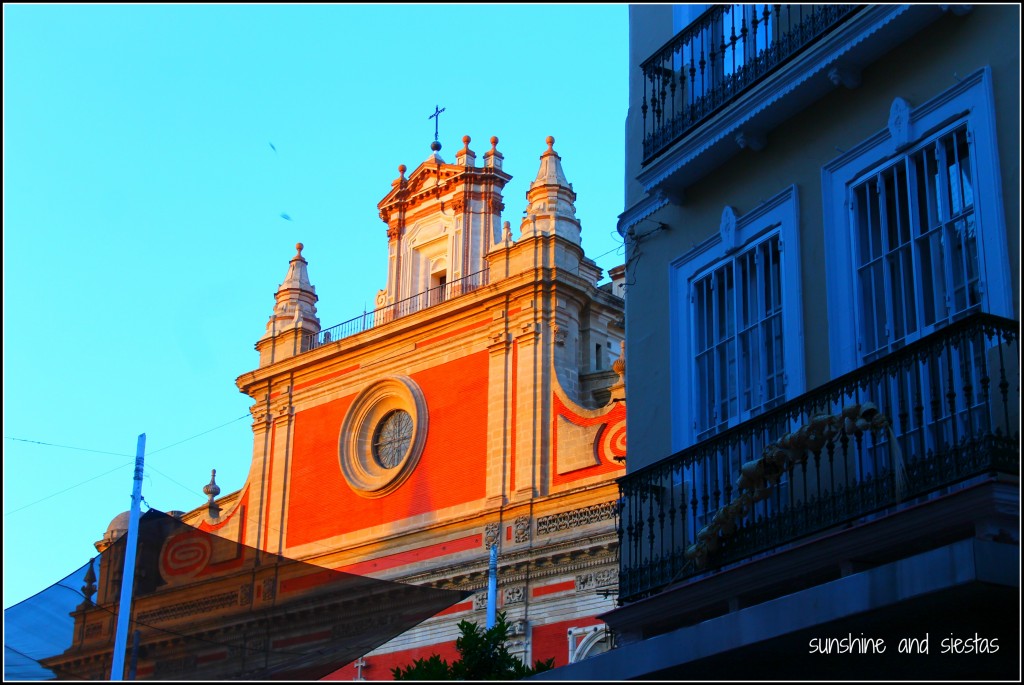
Seville is home to the most renowned Holy Week celebrations in Spain, a somber week that transforms the last days of Jesus Christ into lifesized floats that cramp the city center. While it’s free to watch, you can visit the floats the other 51 weeks of the year and relish in the city’s devotion at most churches and chapels.
Only the Cathedral, Santa Ana and San Salvador cost money, so even just popping in for the relief from the hot sun is worthwhile. Don’t miss the venerable Macarena, or the teeny chapels under the Postigo Arch or the end of the Puente de Triana.
Enjoy views of the city center from Triana
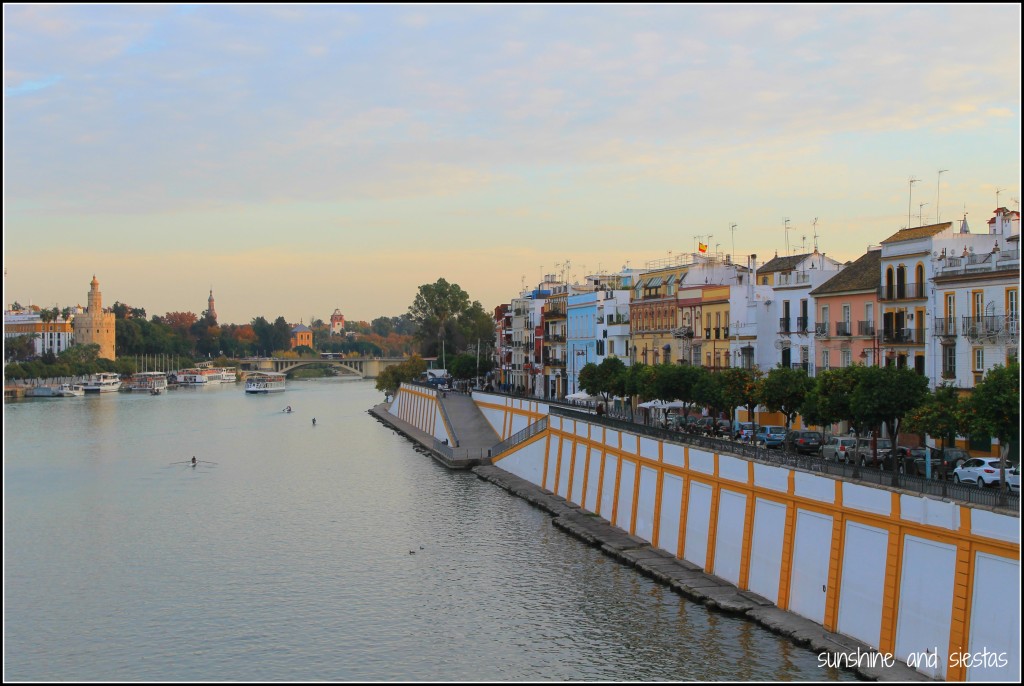
On the opposite side of the city center sits Triana, the gypsy barrio seeped in lore and full of great bars and eateries. Watching the lights of the city go on from the Triana bridge or along Calle Betis affords tremendous views of the city (and you can catch flamenco here!). Check out my guide to spending an afternoon on my side of the río.
Watch a Novillada

If you’re brave enought to see a bullfight, Seville’s Maestranza ring is a superb place to do so. While this famed plaza de toros hosts some of the big names in bullfighting, the late May and early June novilladas bring in young bullfighters looking to make a name for themselves. Seats in the sun are typically under 15€. Schedule available on the ring’s official website.
Browse the El Jueves market for Spanish kitsch
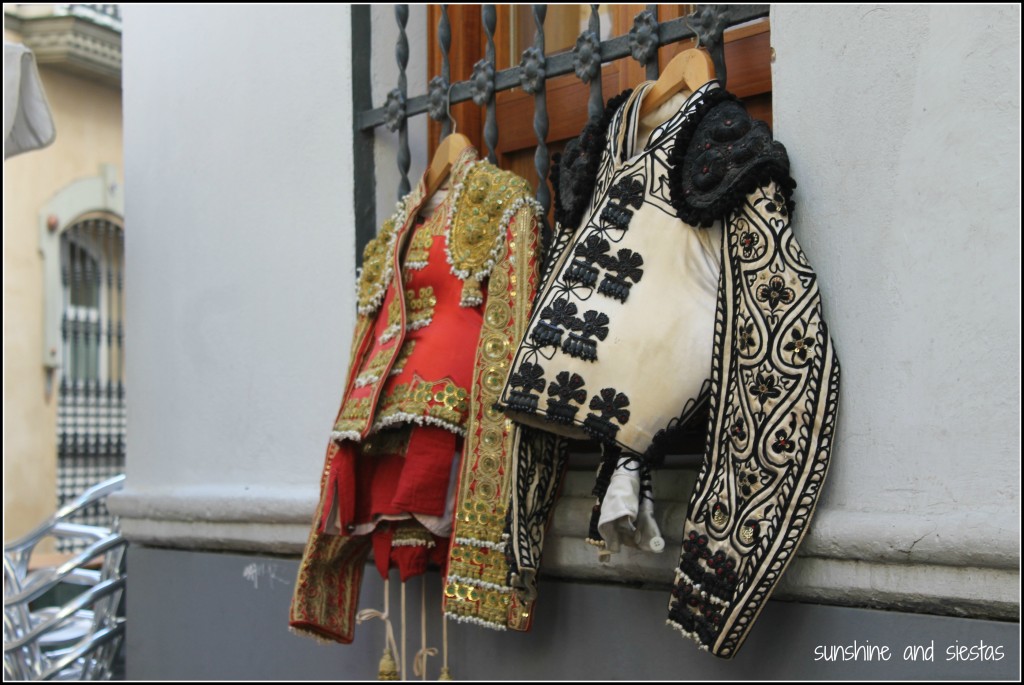
Believed to be one of the longest-running flea markets in Spain, Calle Feria in the Macarena district hosts a large mercadillo each Thursday morning. Vendors hock everything from recuerdos from the ’92 Expo to bullfighting suits. Haggling is OK, but browsing is the way to go.
…¡y a comer!
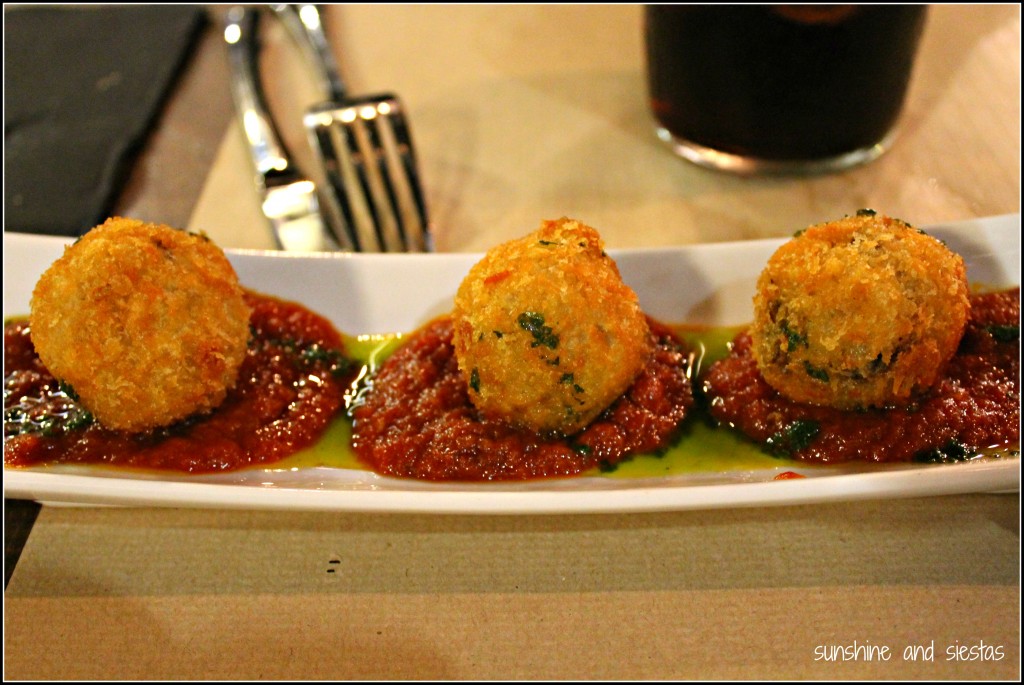
Like Granada, Seville’s tapas scene is a must-do when visiting, and visiting the free sites means you’ll work up an appetite. Budget hunters tend to chow down at Taberna Los Coloniales (C/Cristo de Brugos, 19) for big plates at a low cost. Bodega Las Columnas (C/ de Rodrigo Caro, 1) is another cheap option with plenty of charm, just out of the shadow of the Giralda. With beer at 1,10€ and tapas as low as 2,20€, you can still fill up without a huge bill.
You’ll also find budget options around the Alameda, squeezed in between fancier fusion restaurants. If you’re going to spend your money anywhere, be it on food and drink!
Do you have other ideas for cheap or free things to do in Seville? With all of the cheap things to do, you can consider downloading the GPSMyCity app and purchasing this post, which comes enabled with GPS coordinates and is available offline. A portion of your purchase will help run this site!
